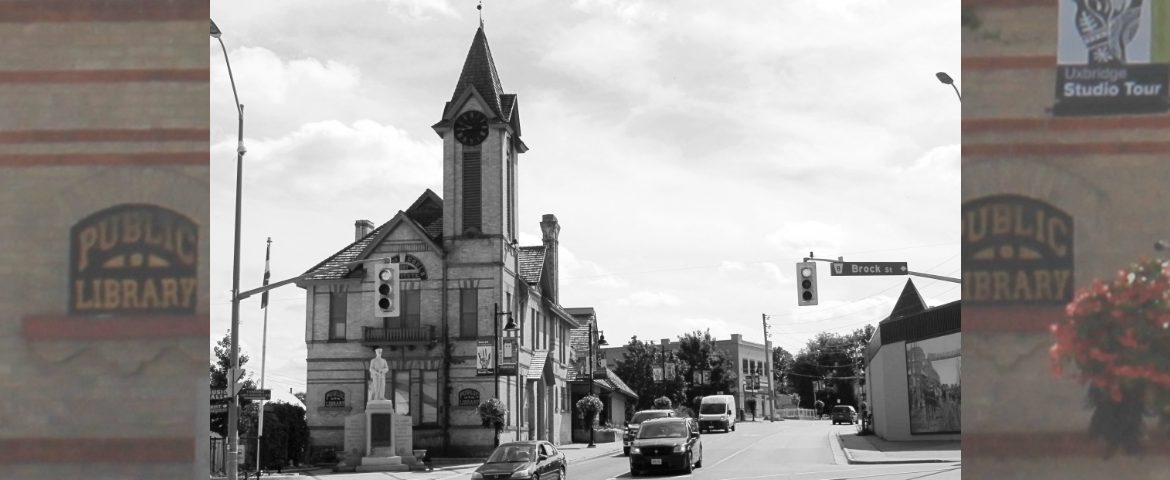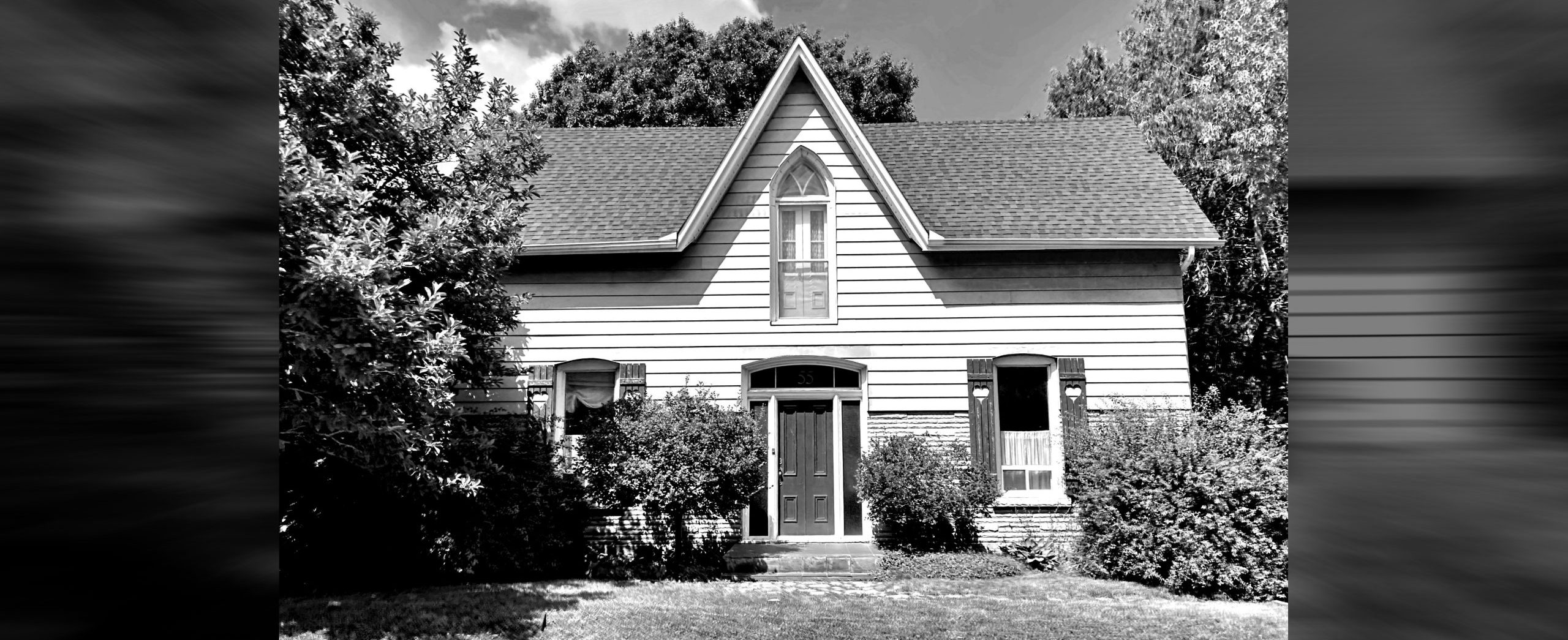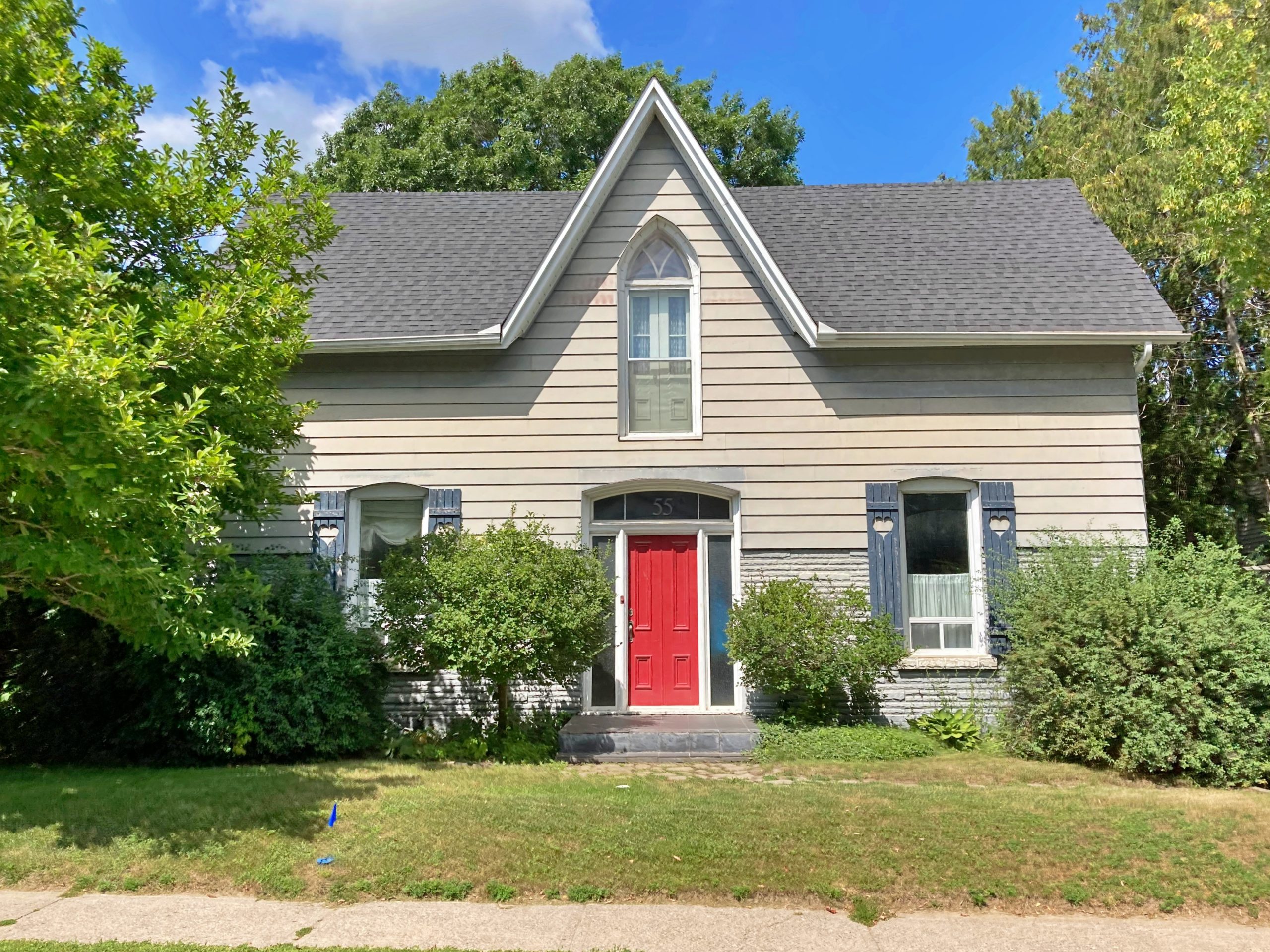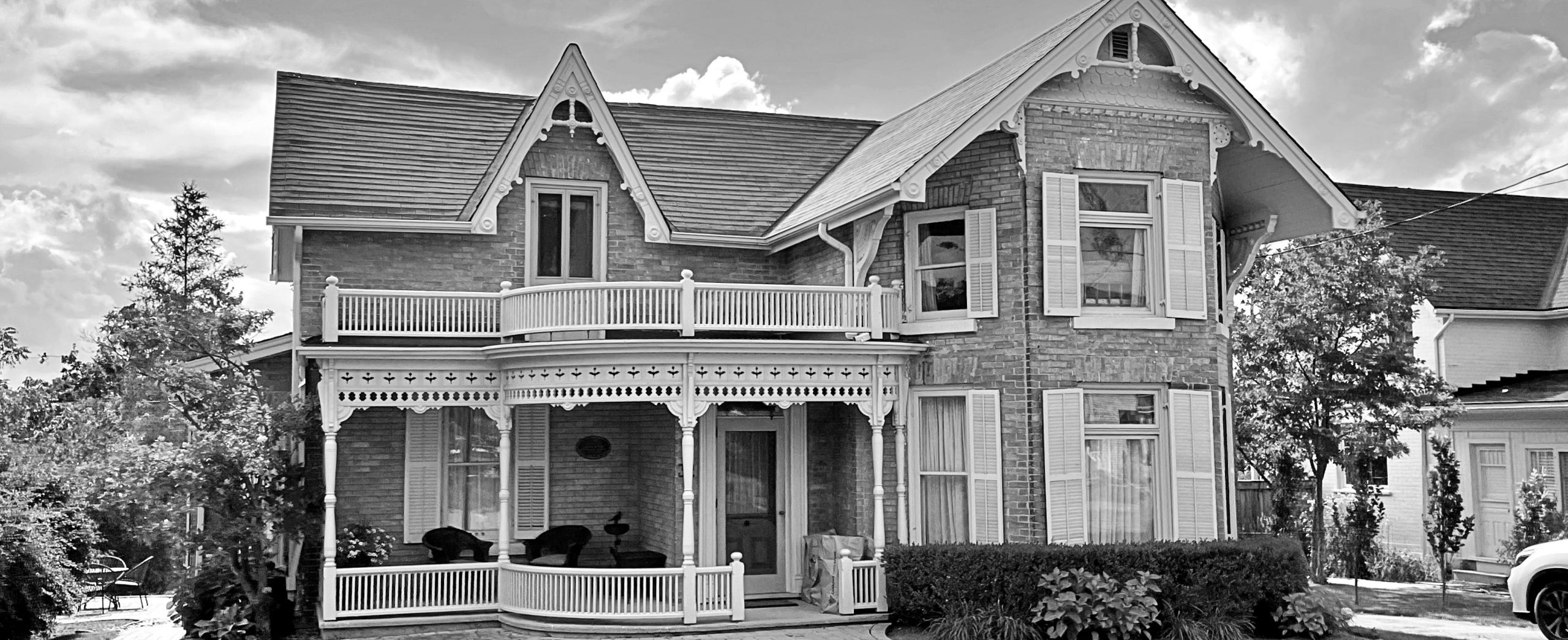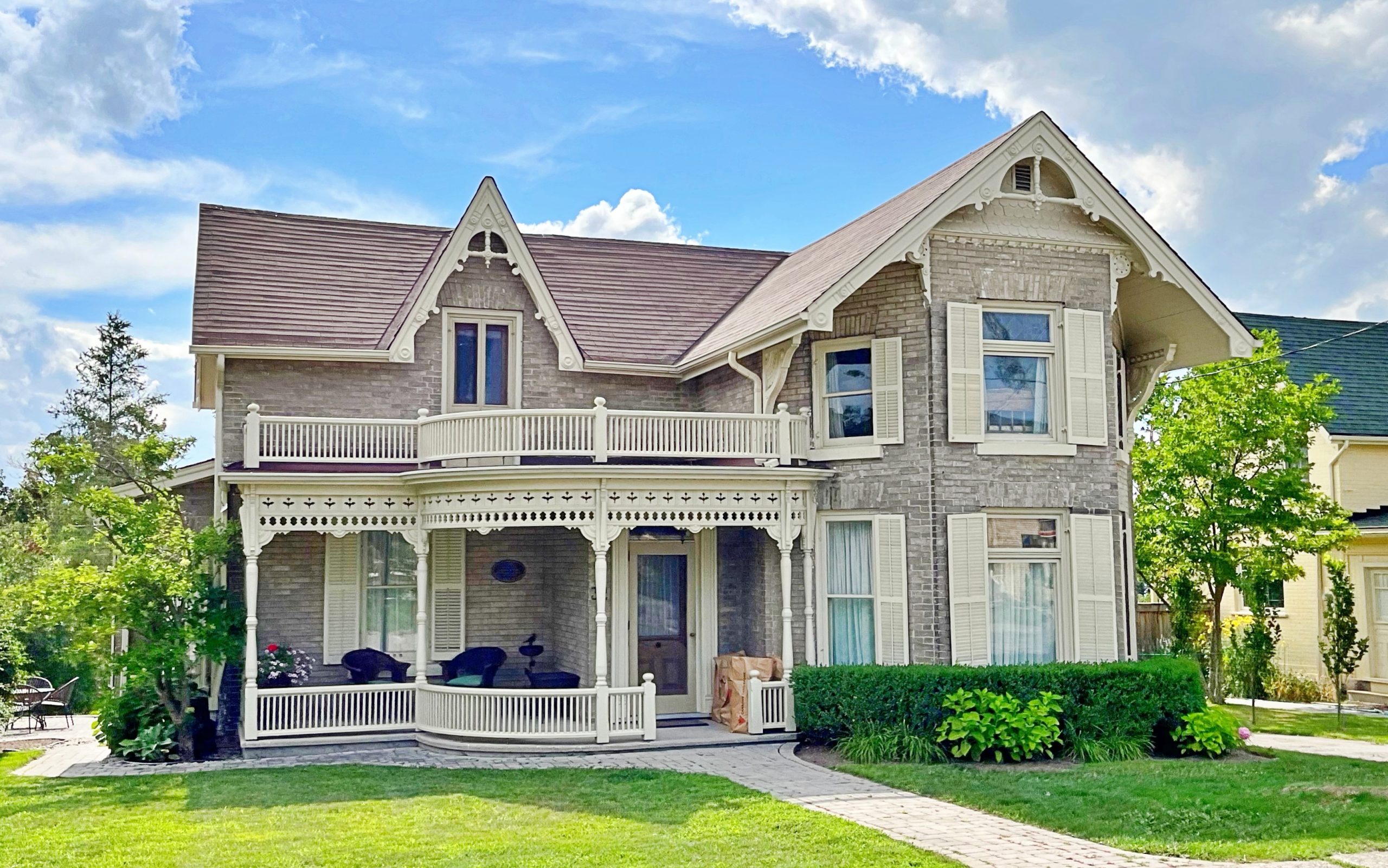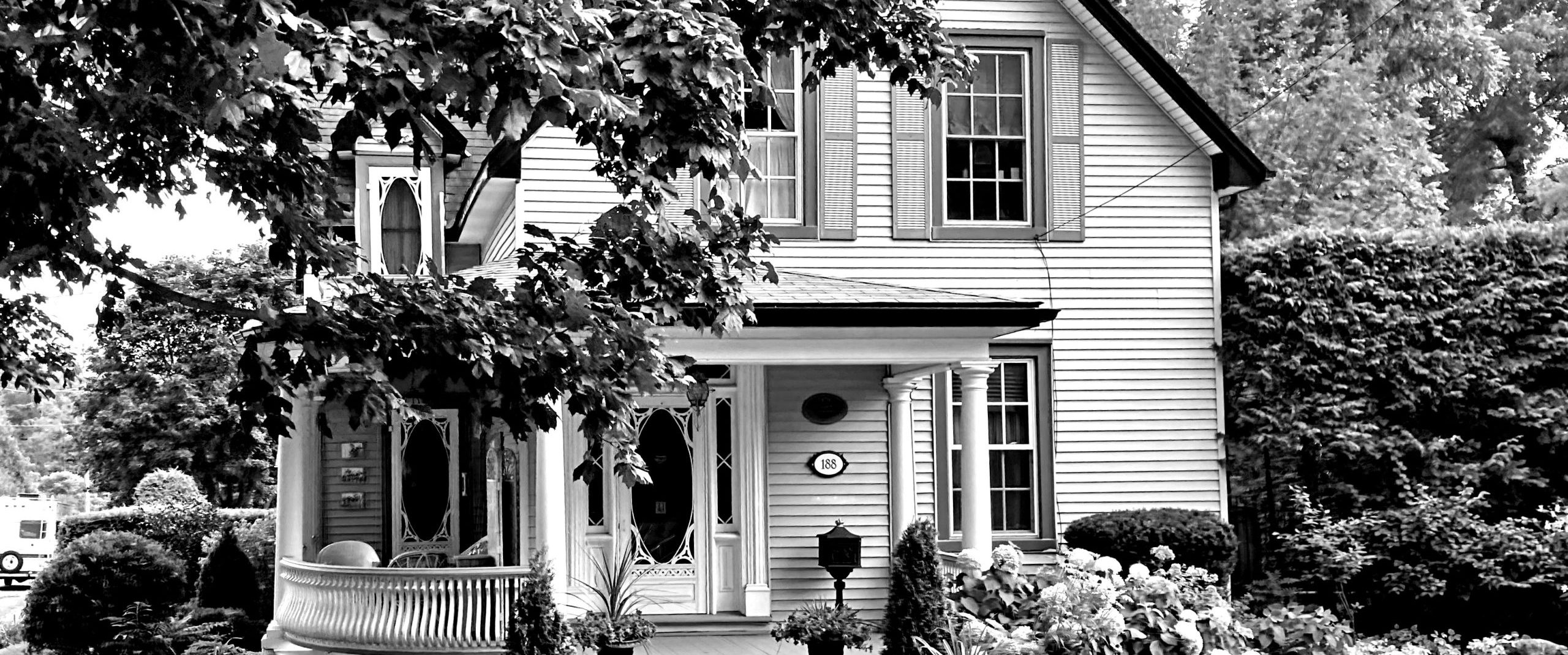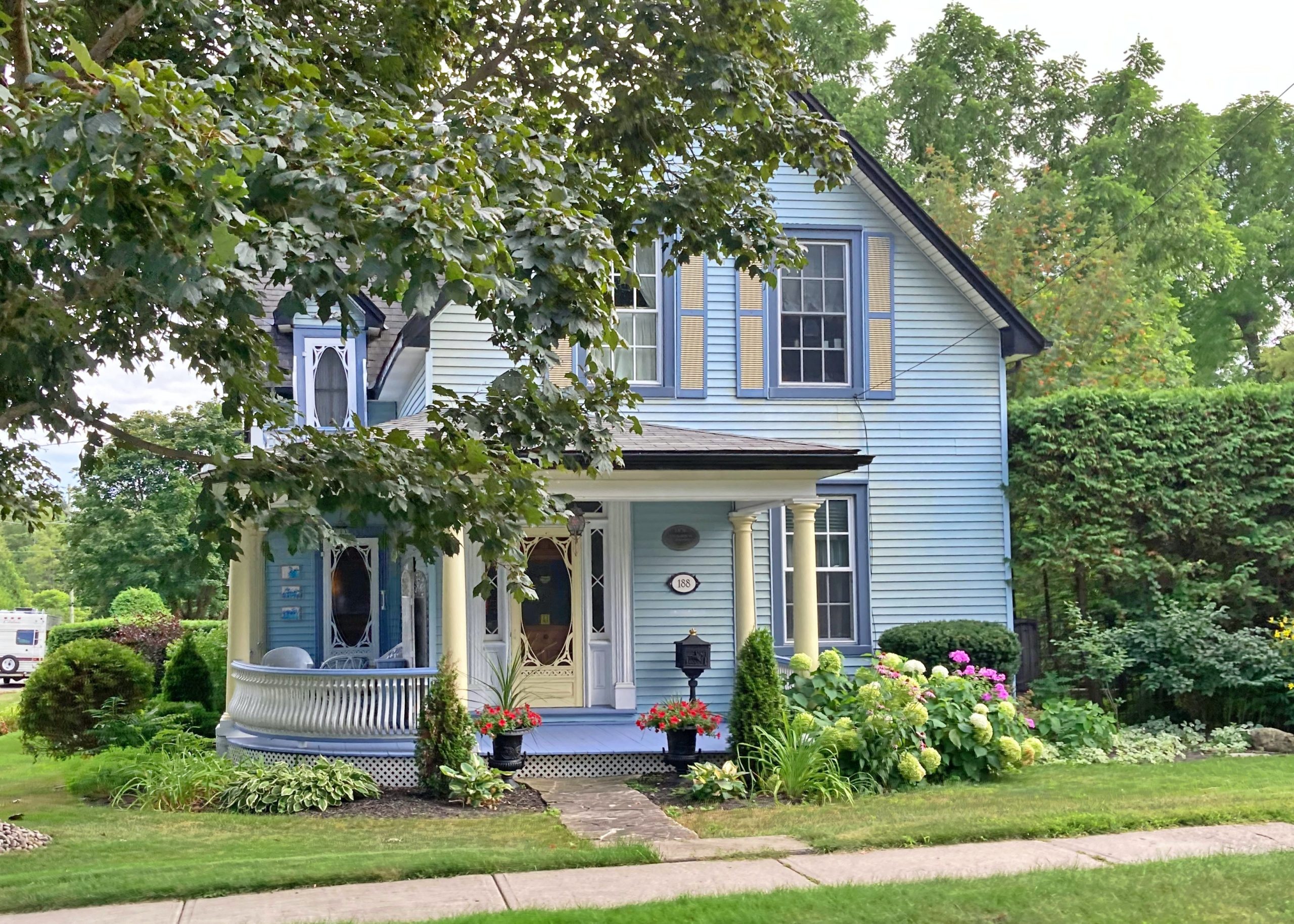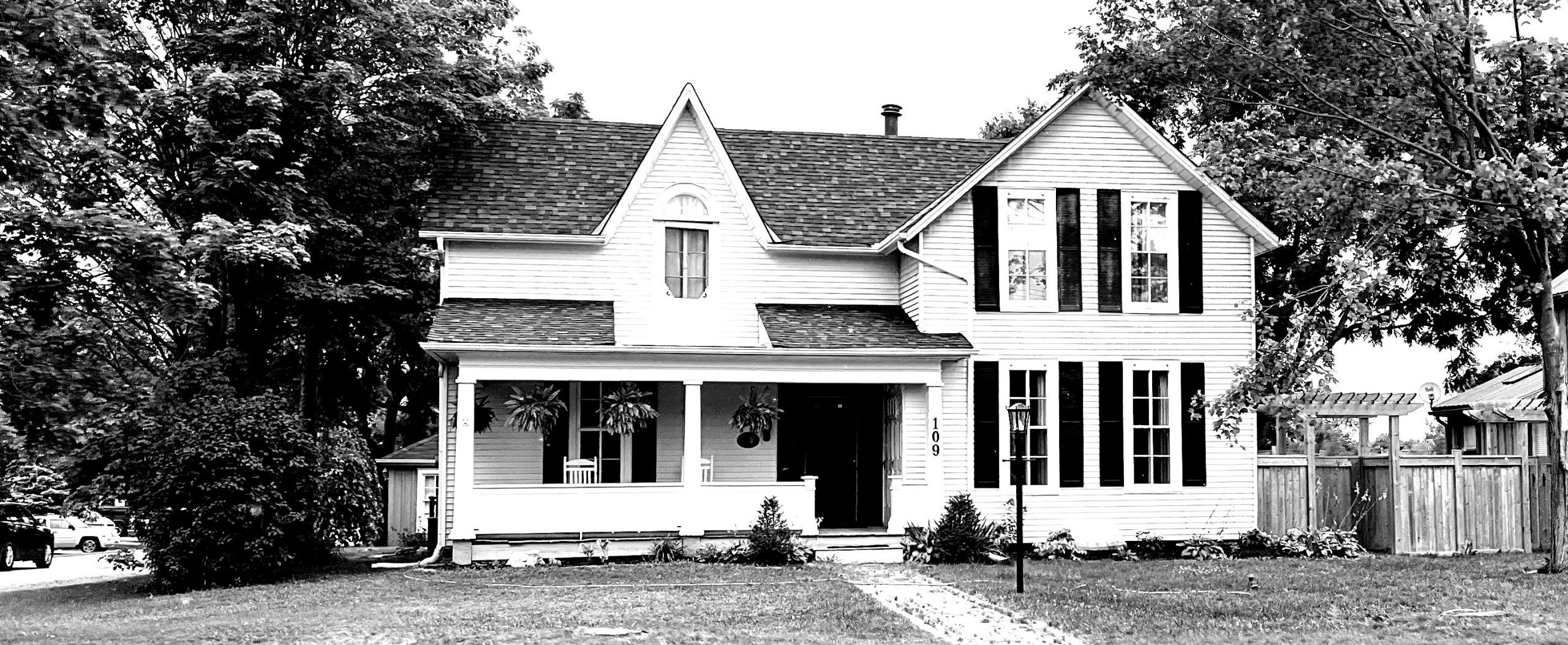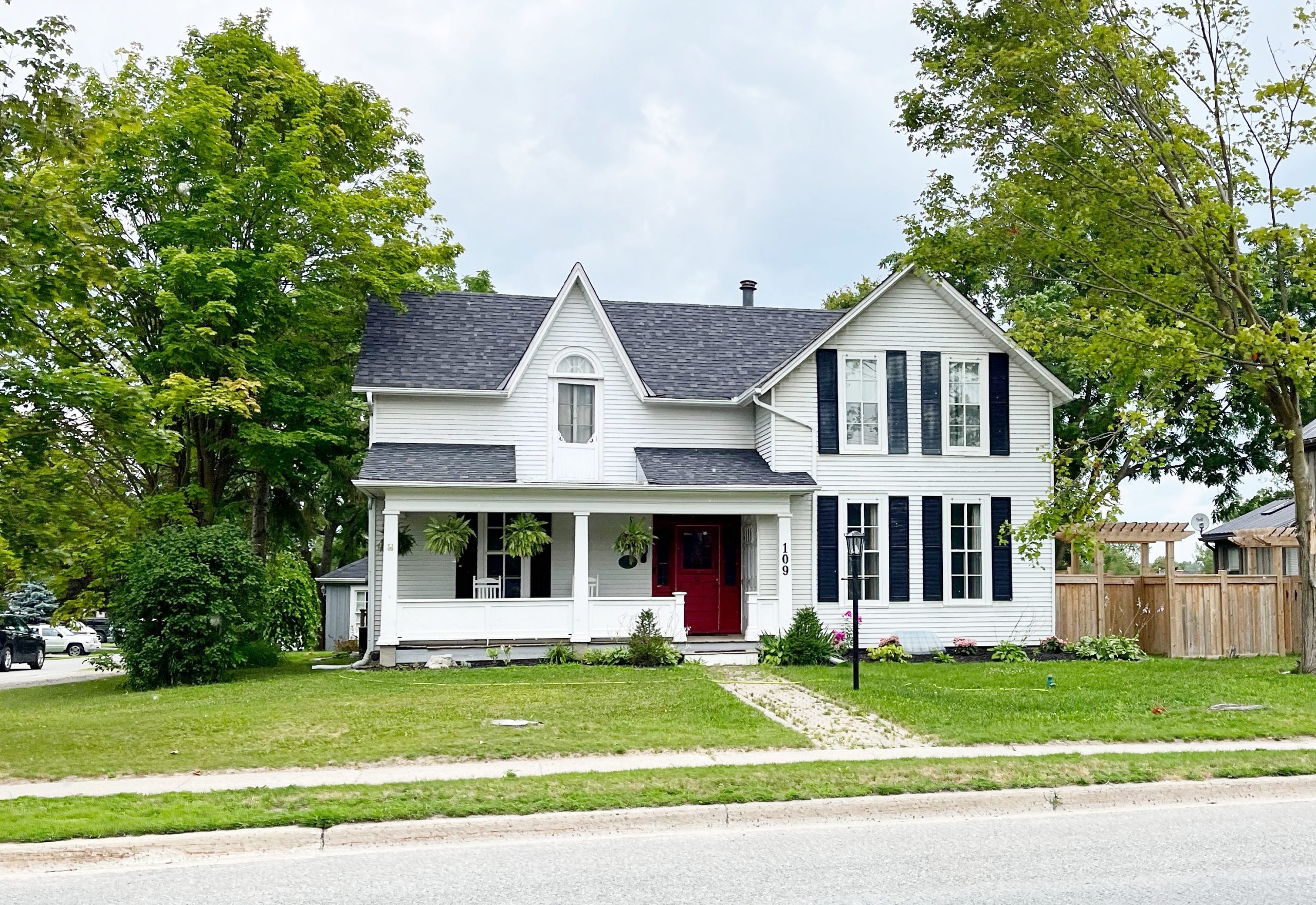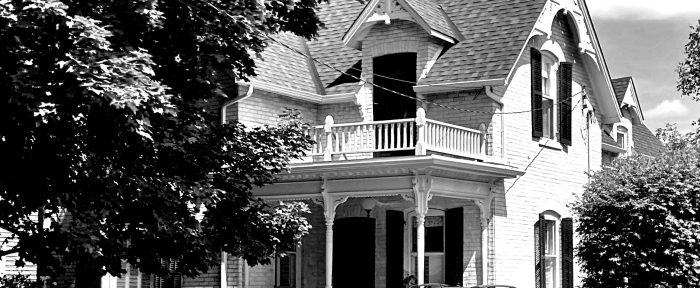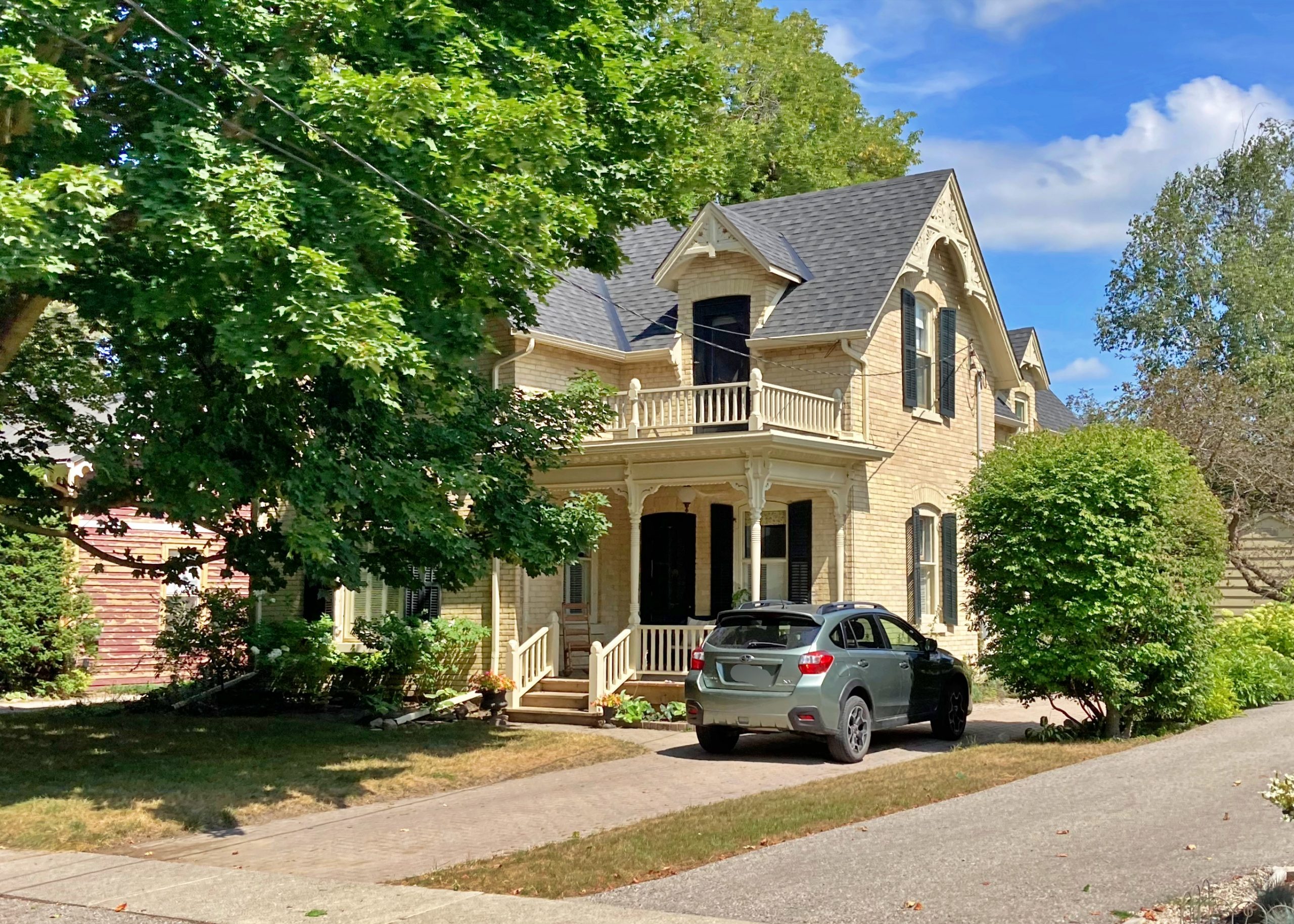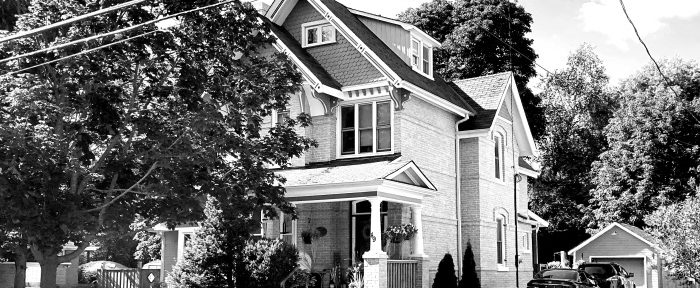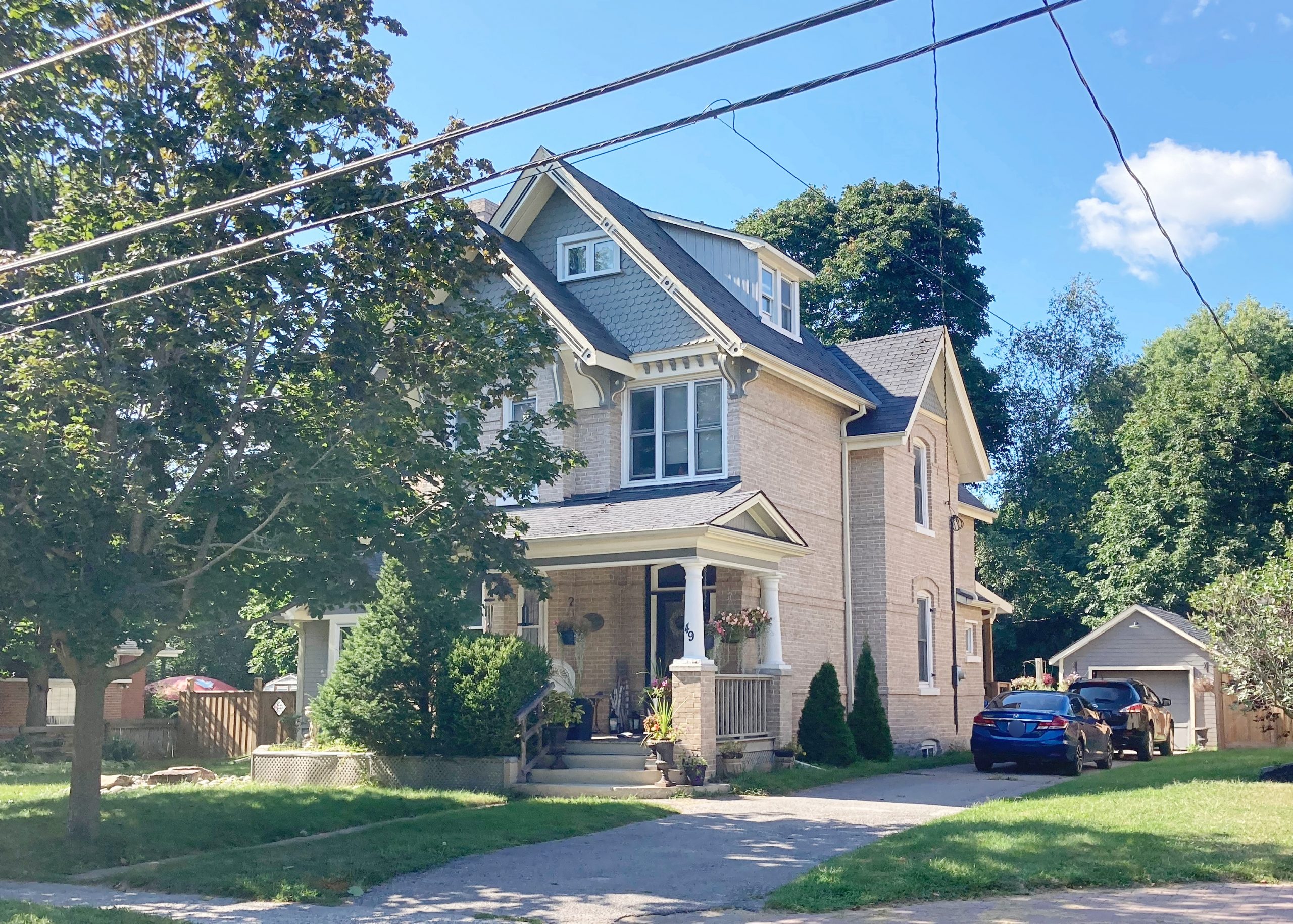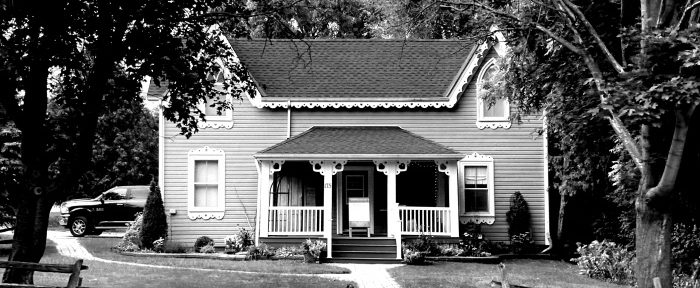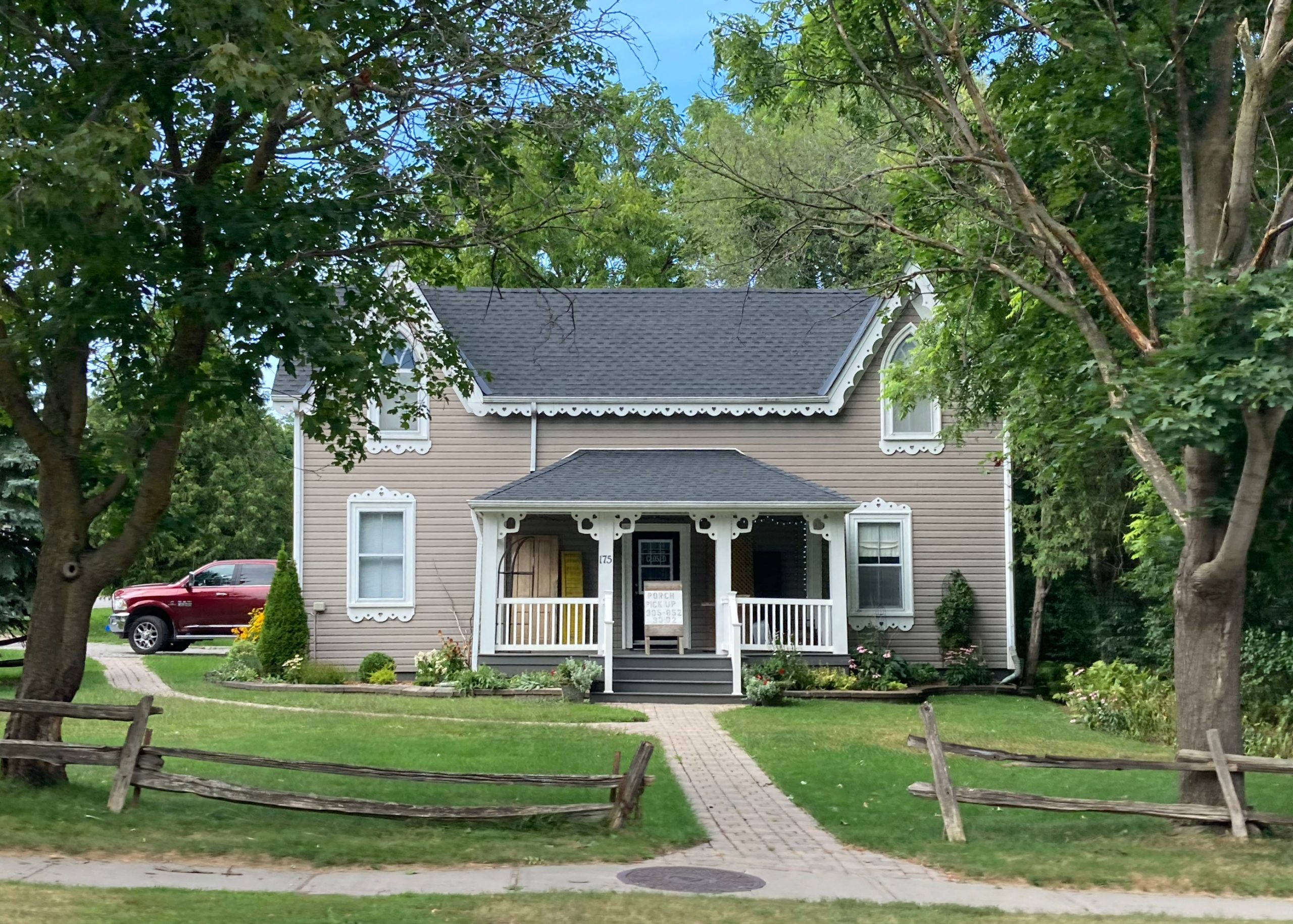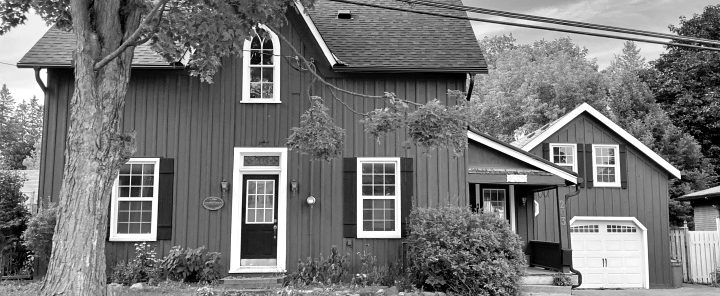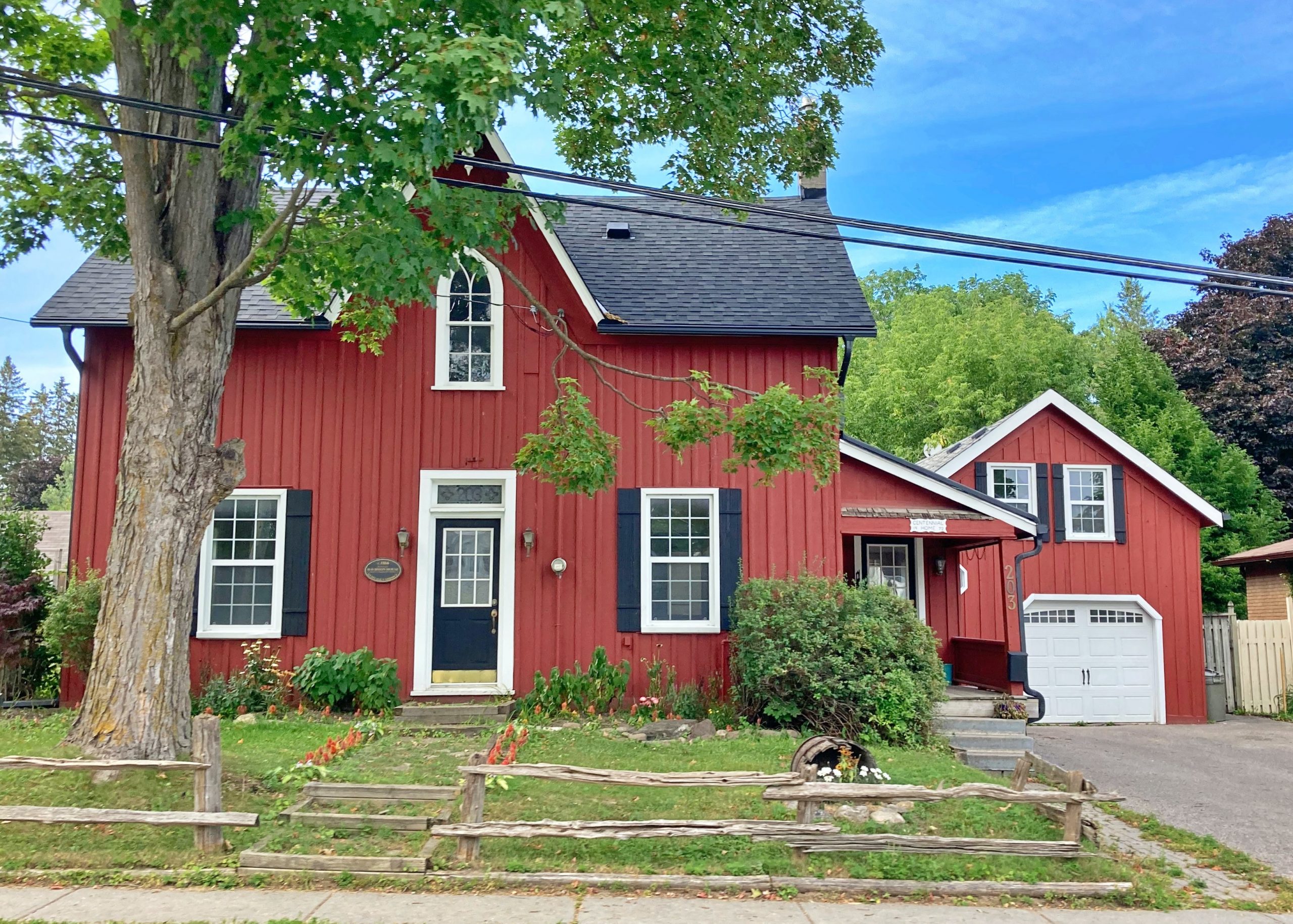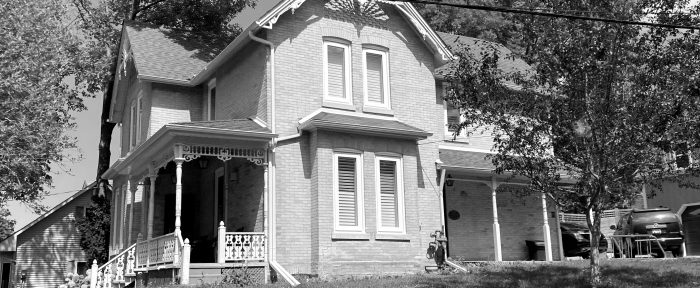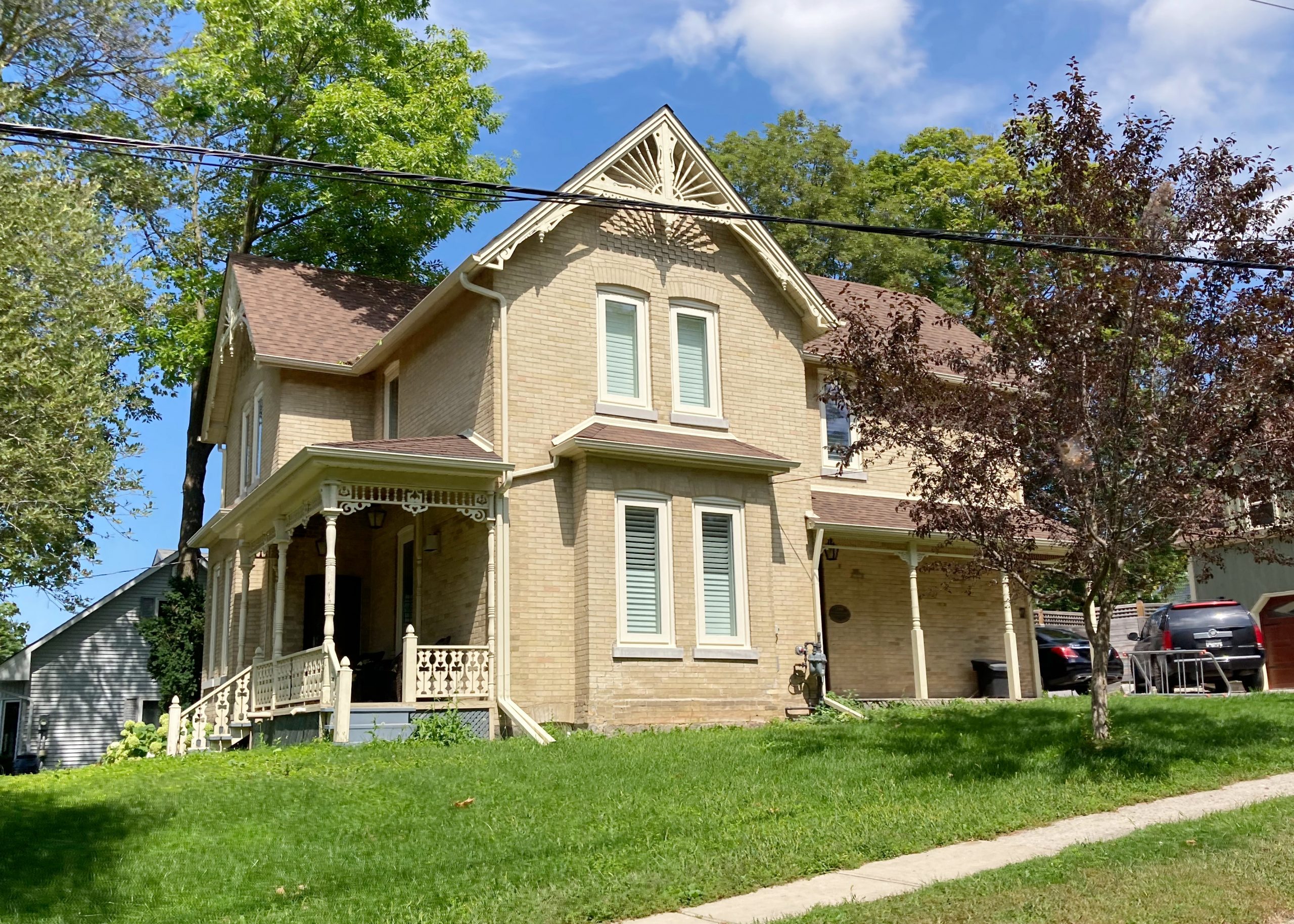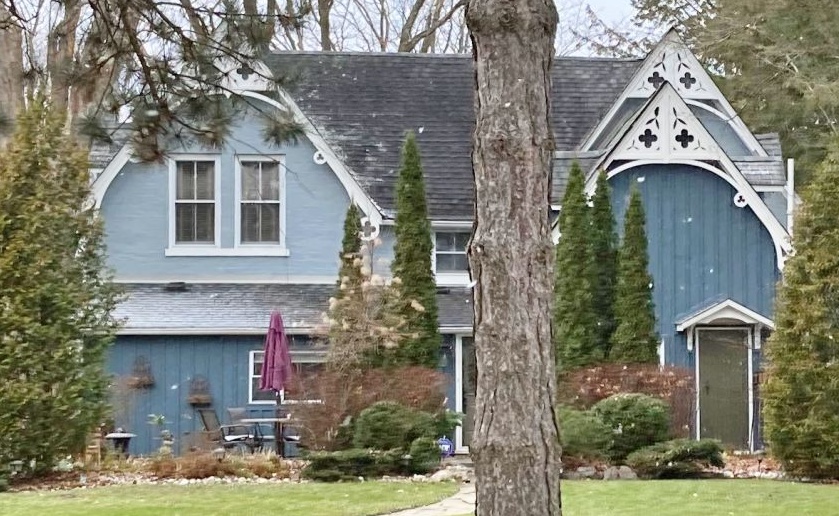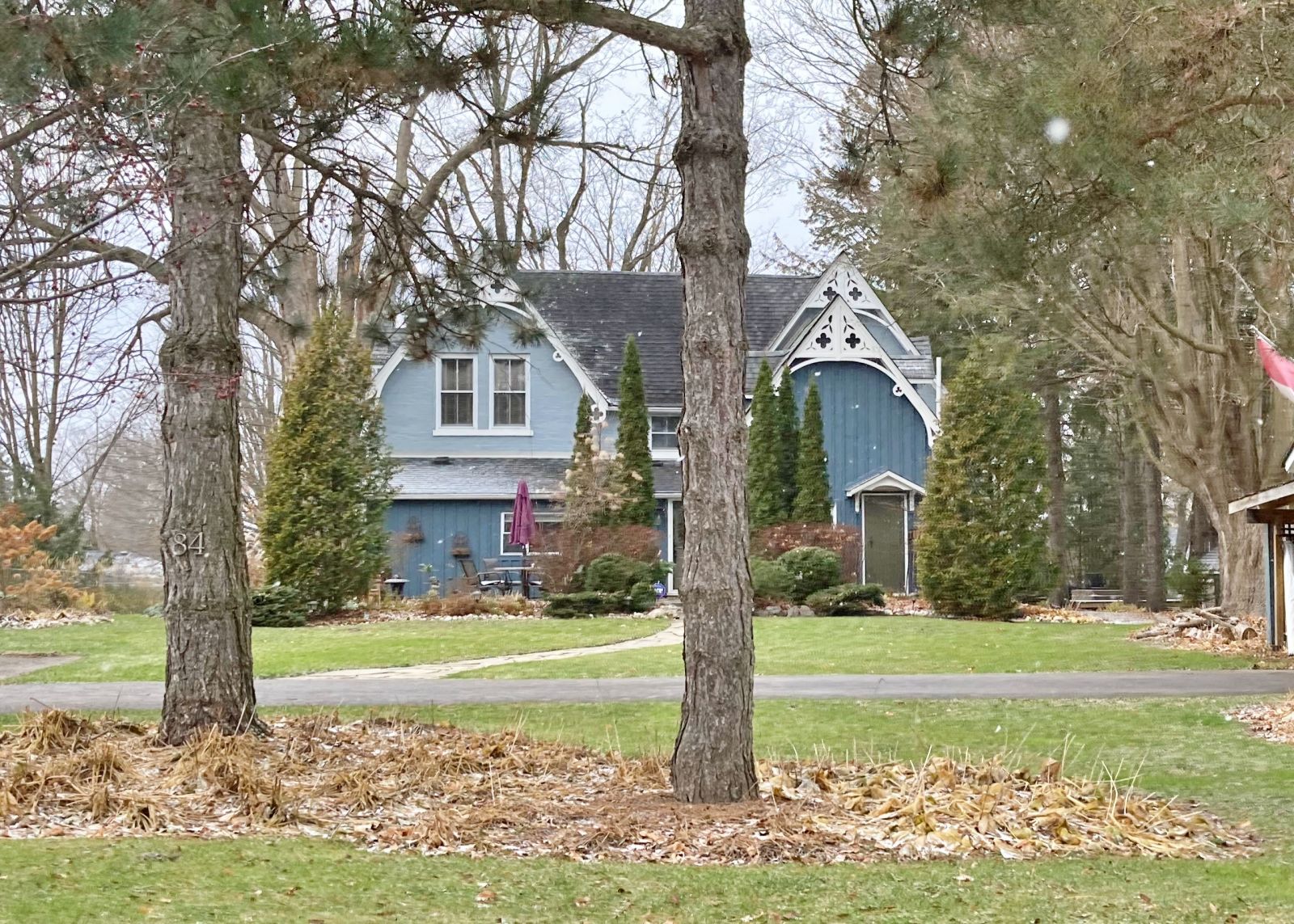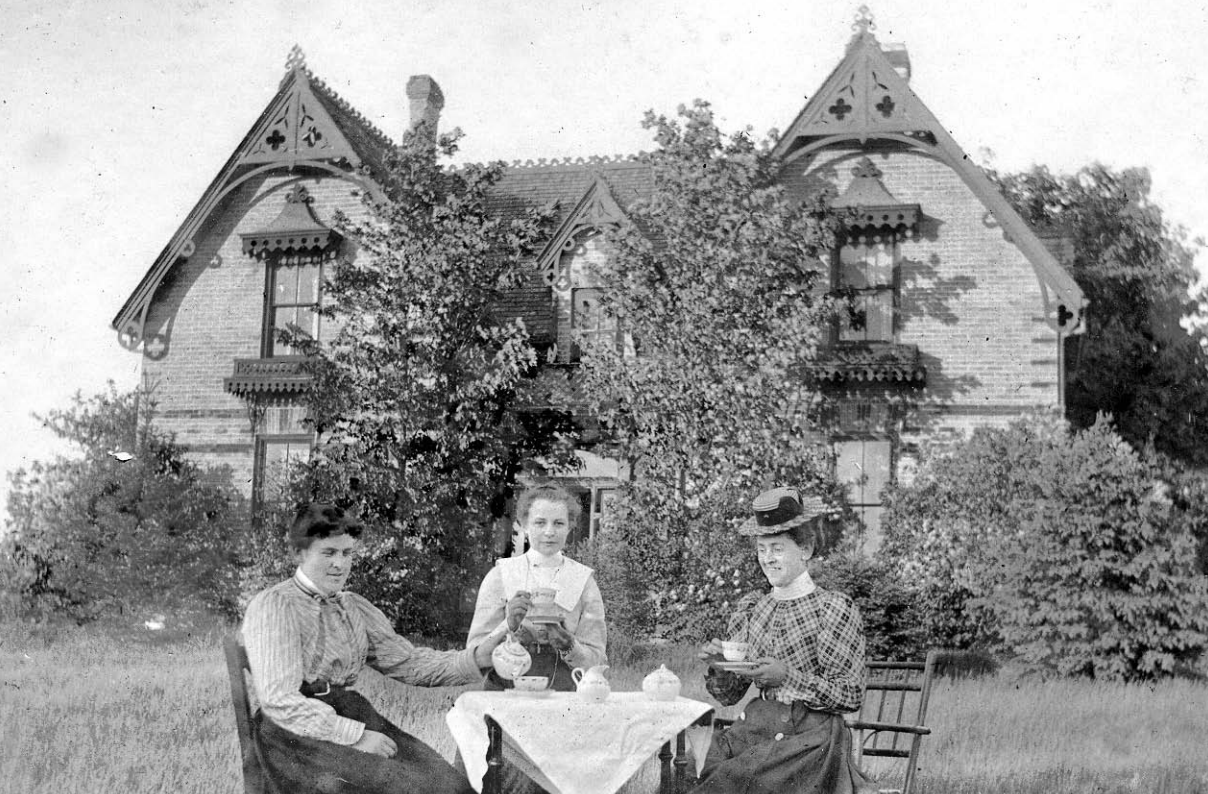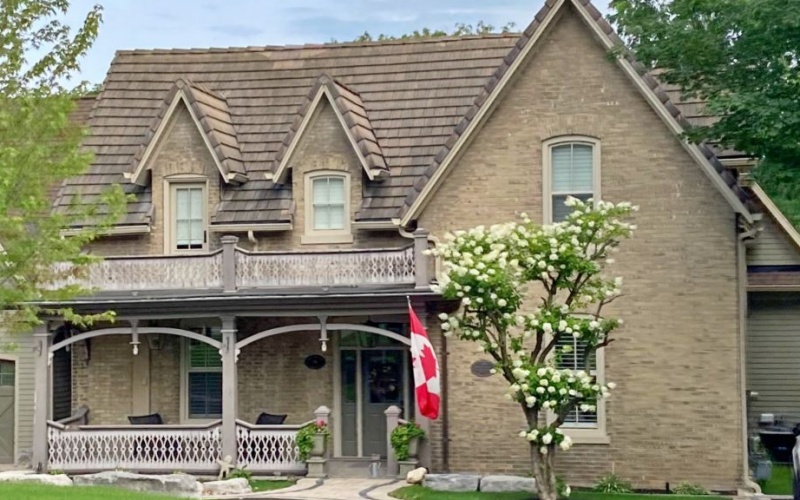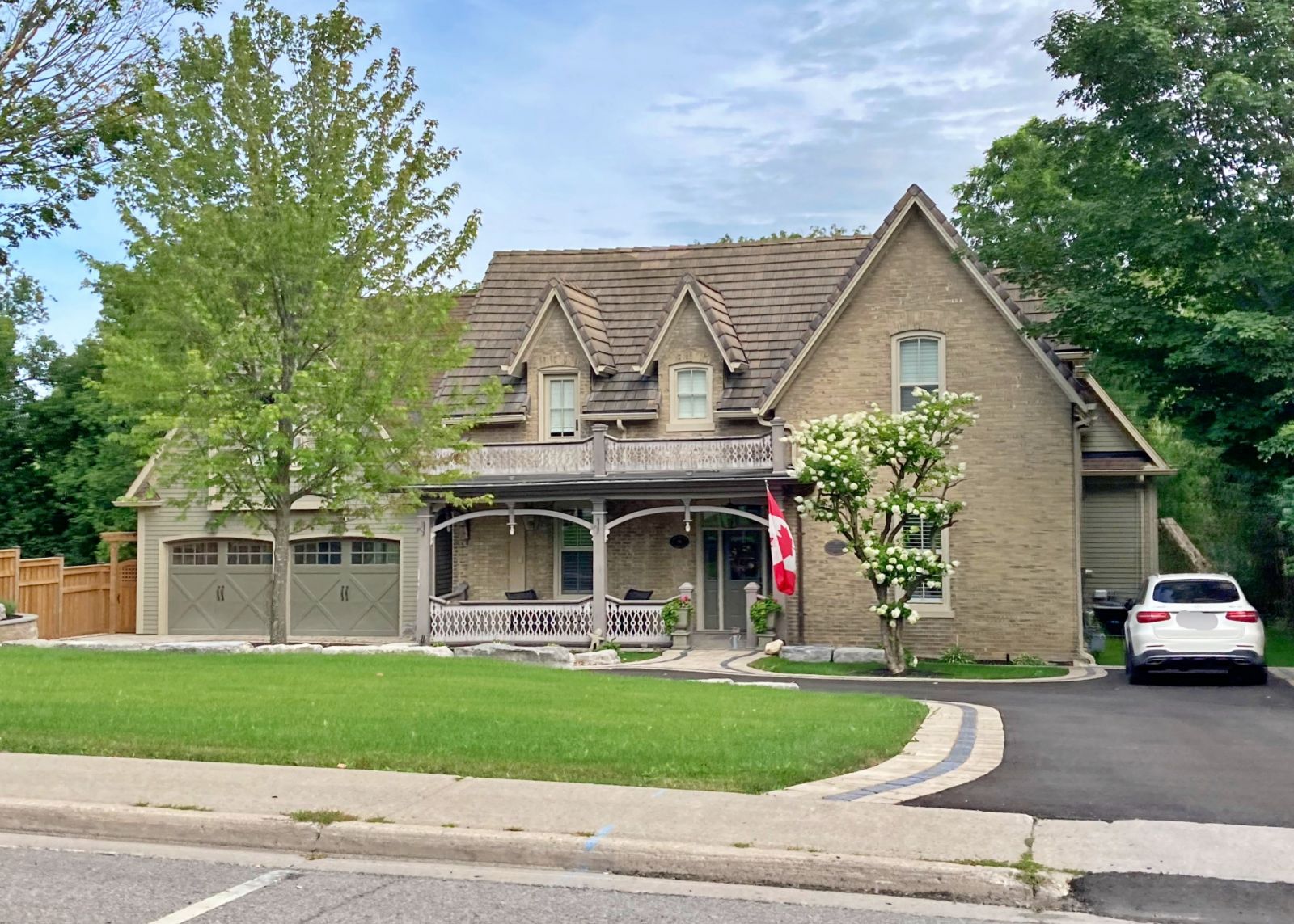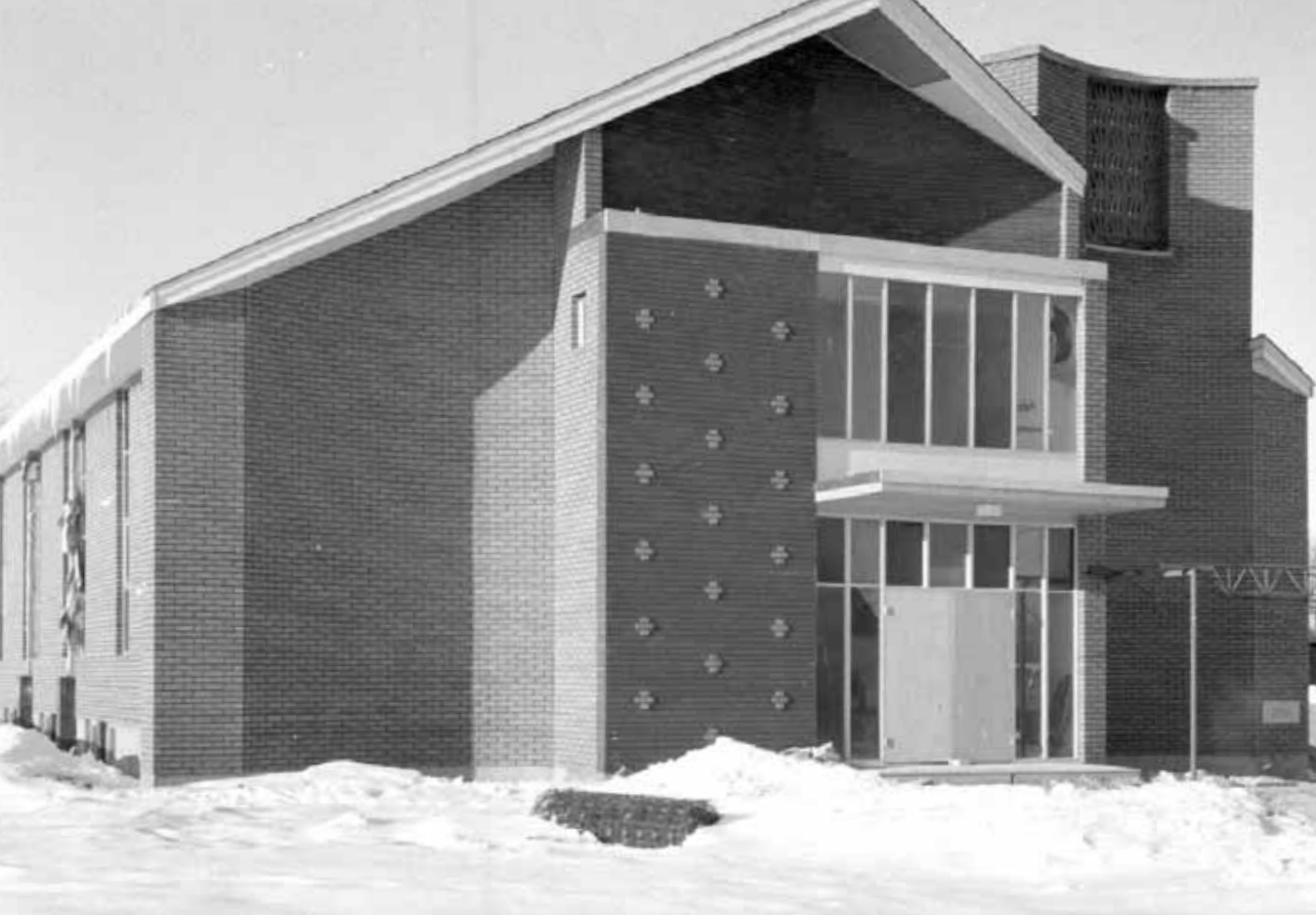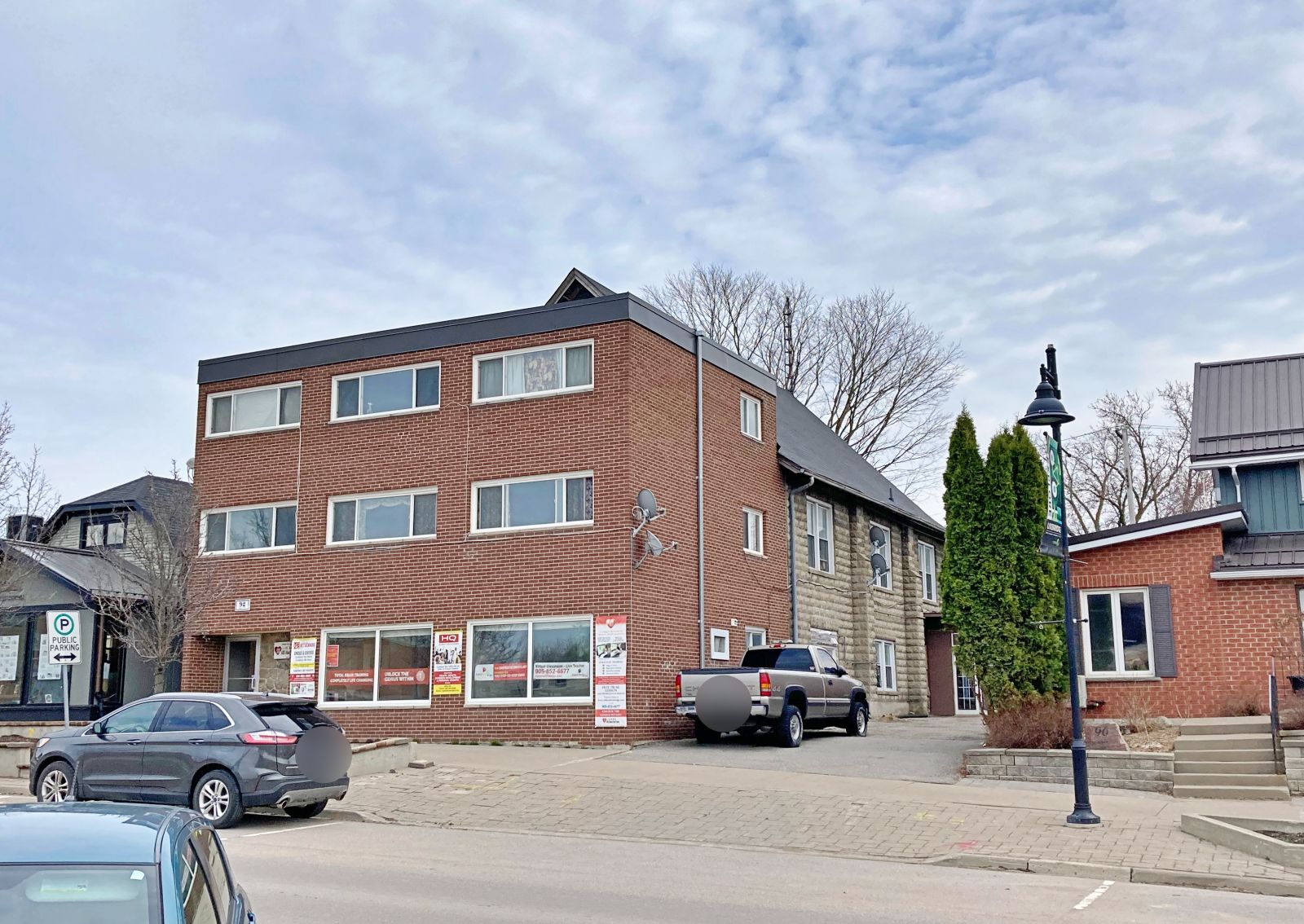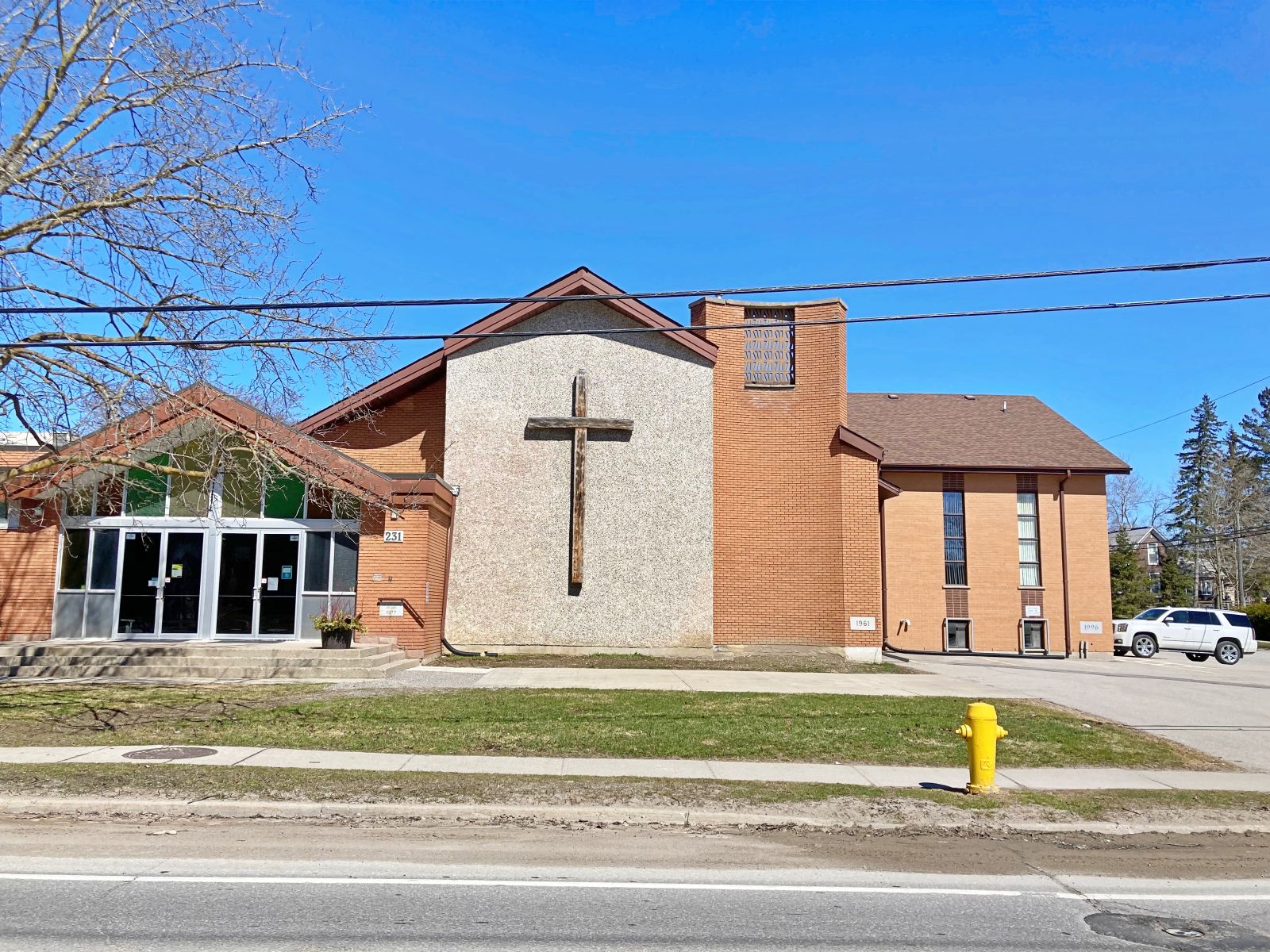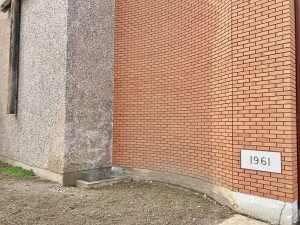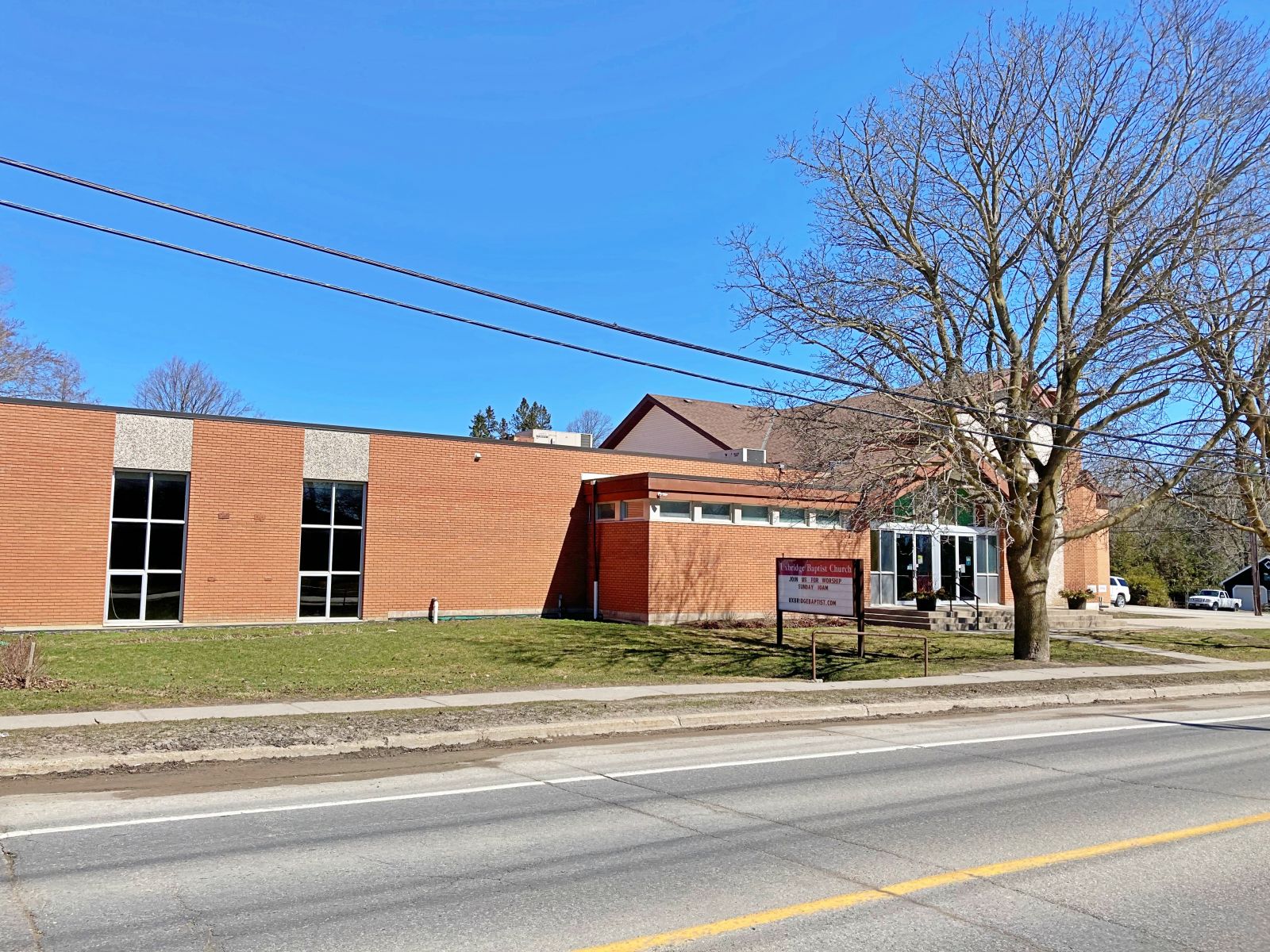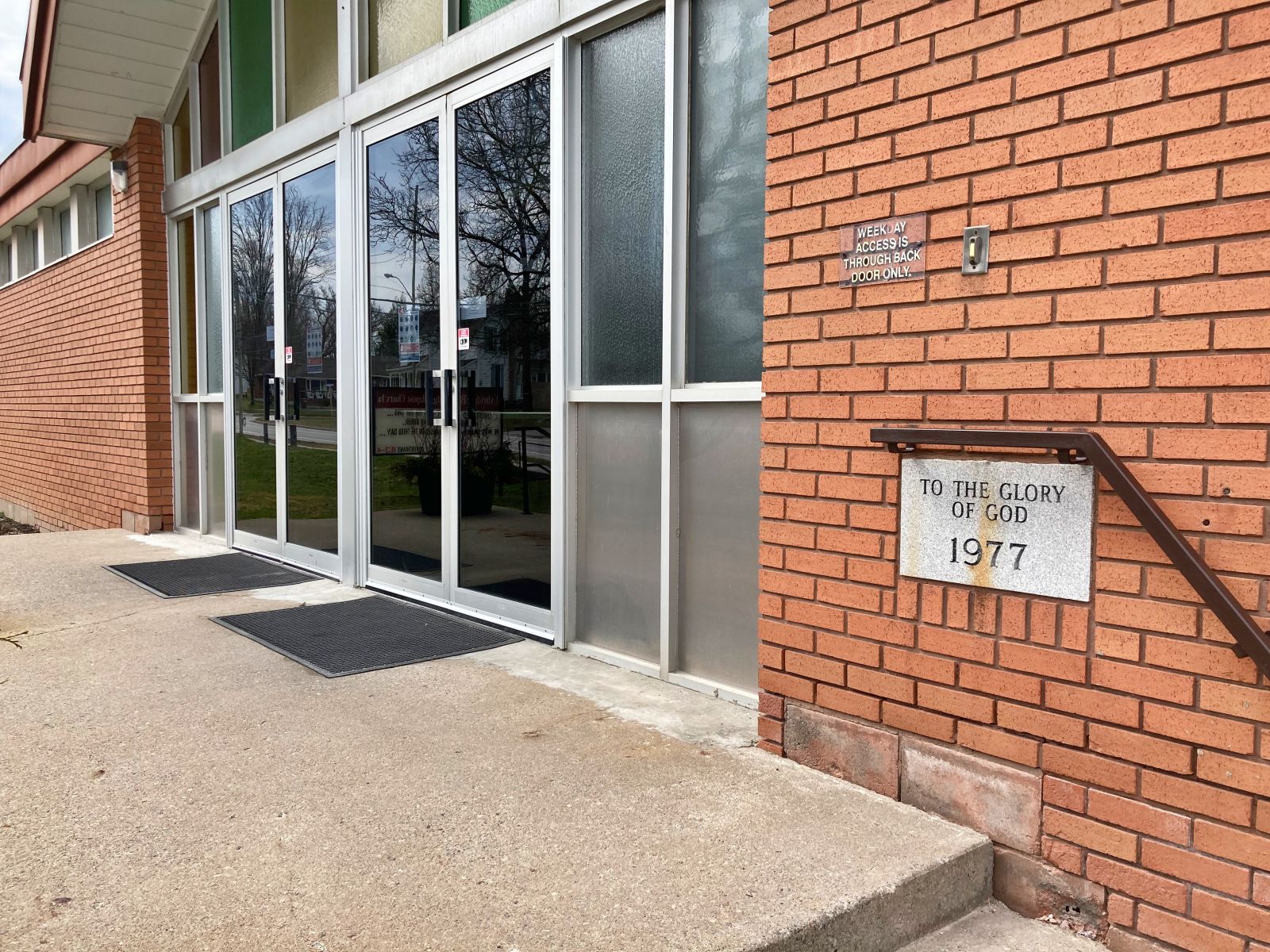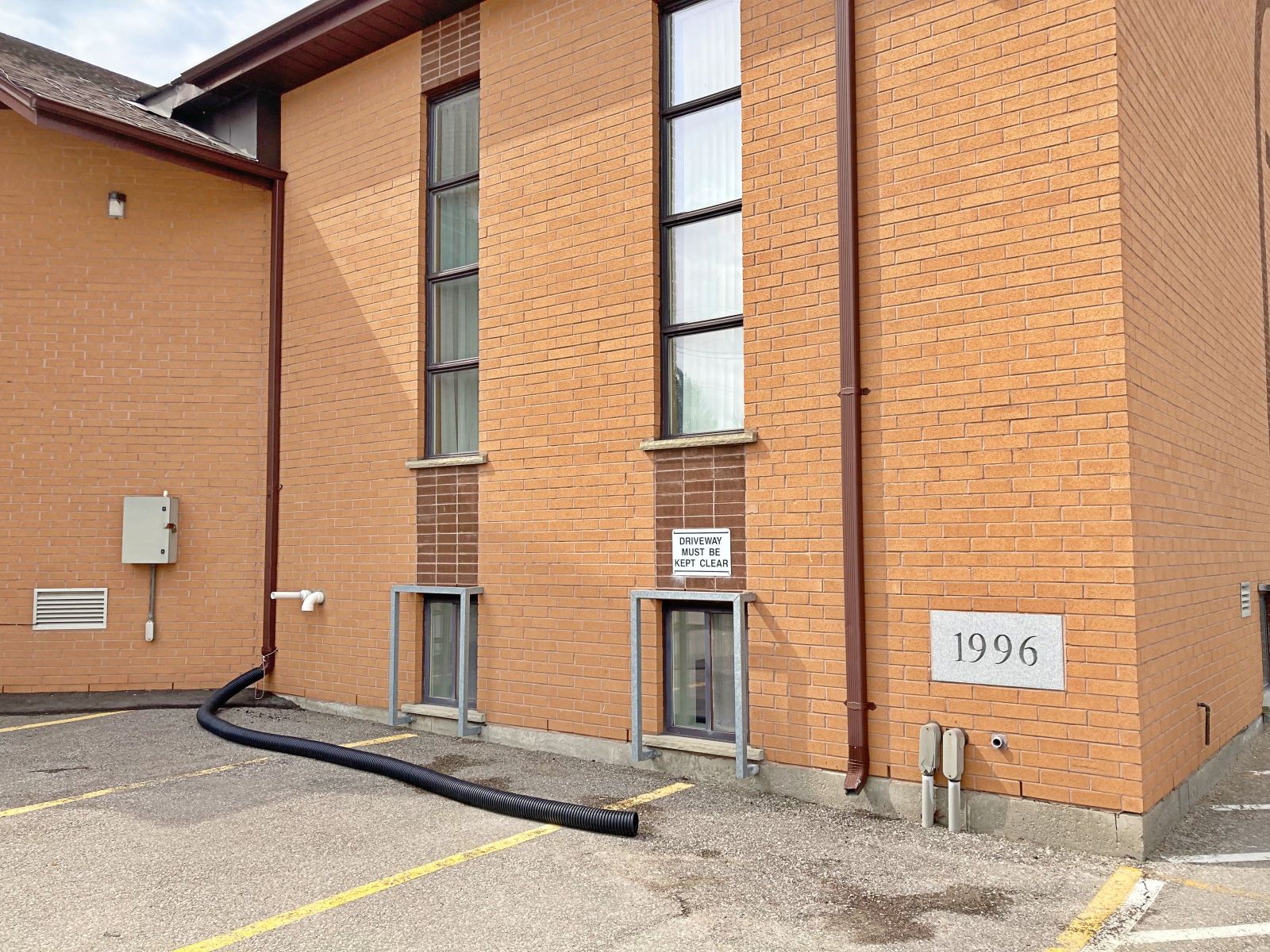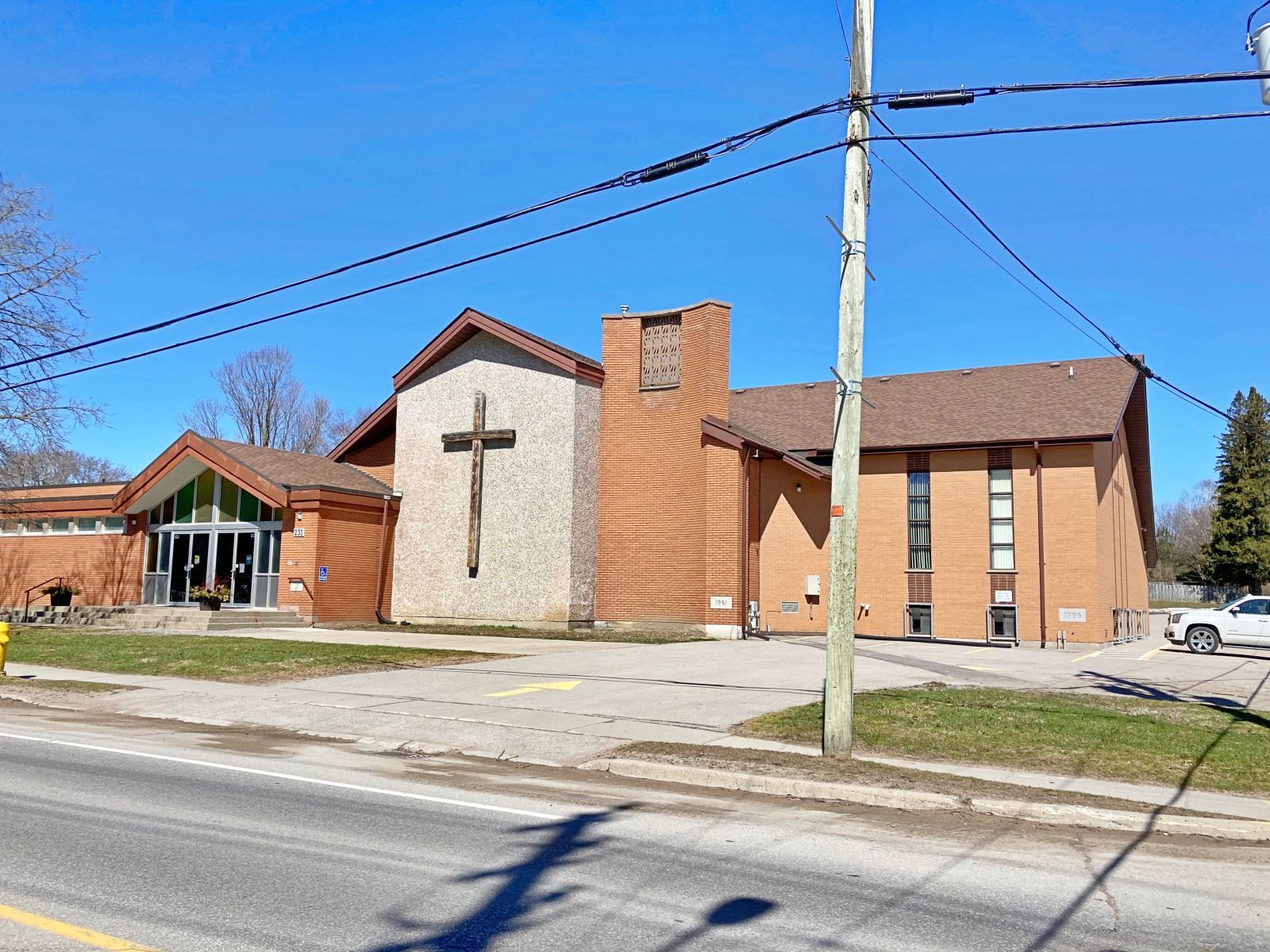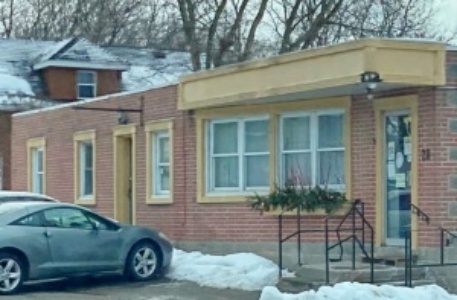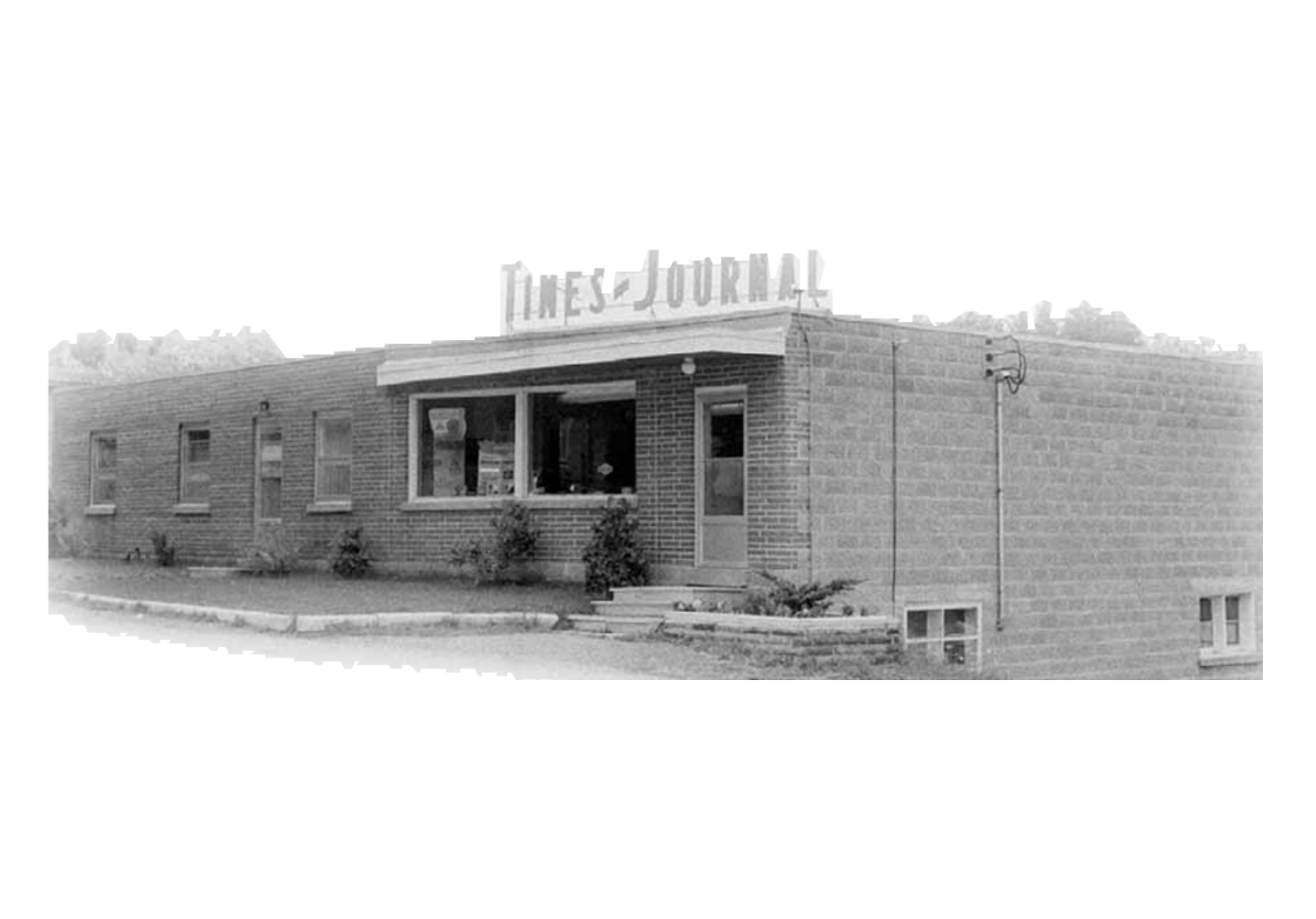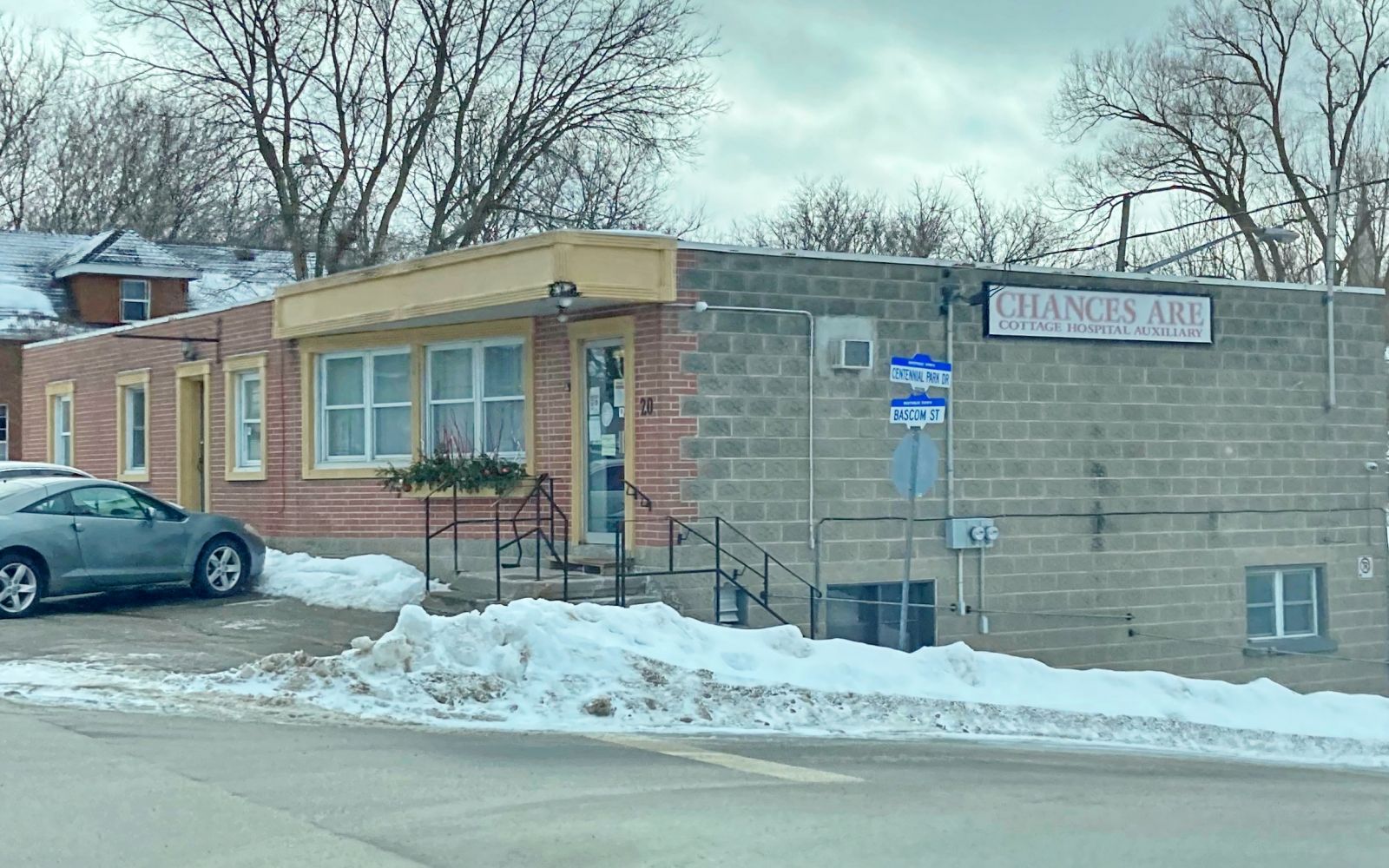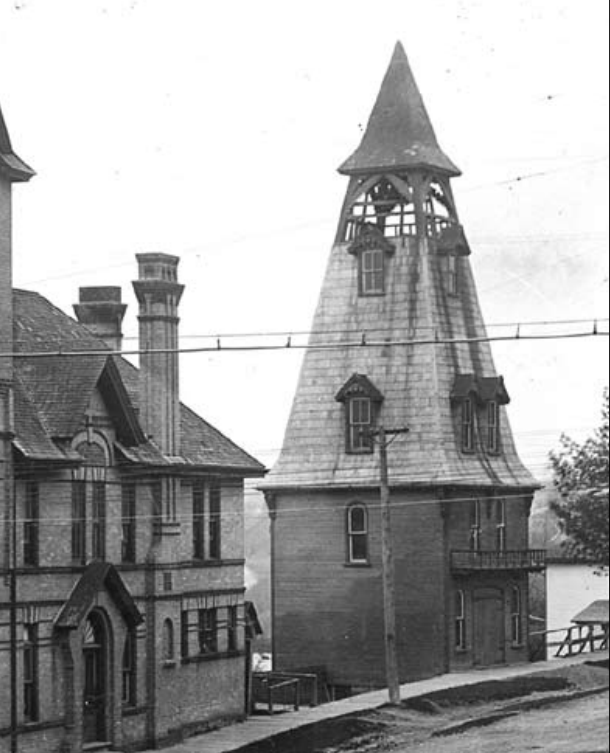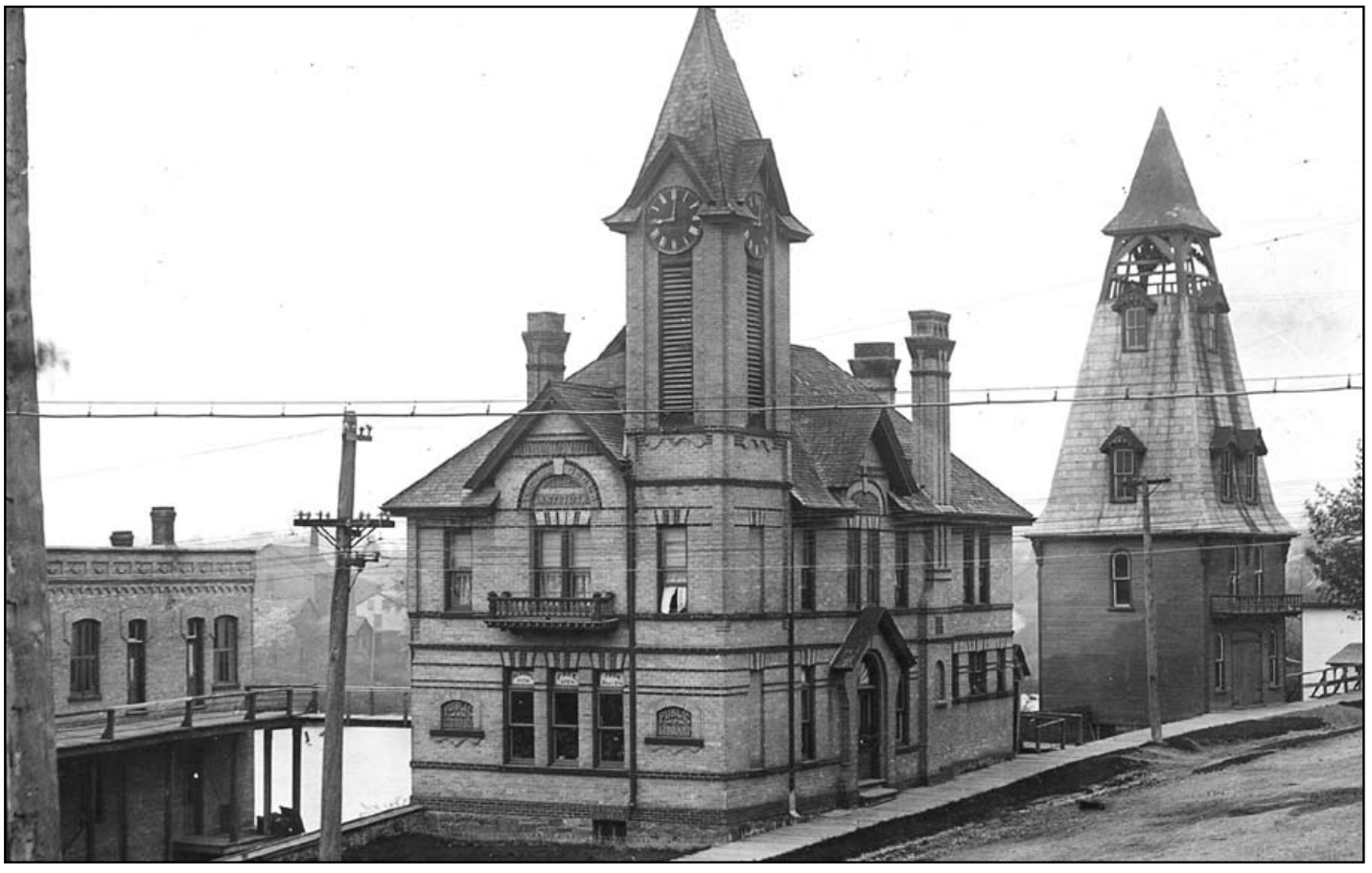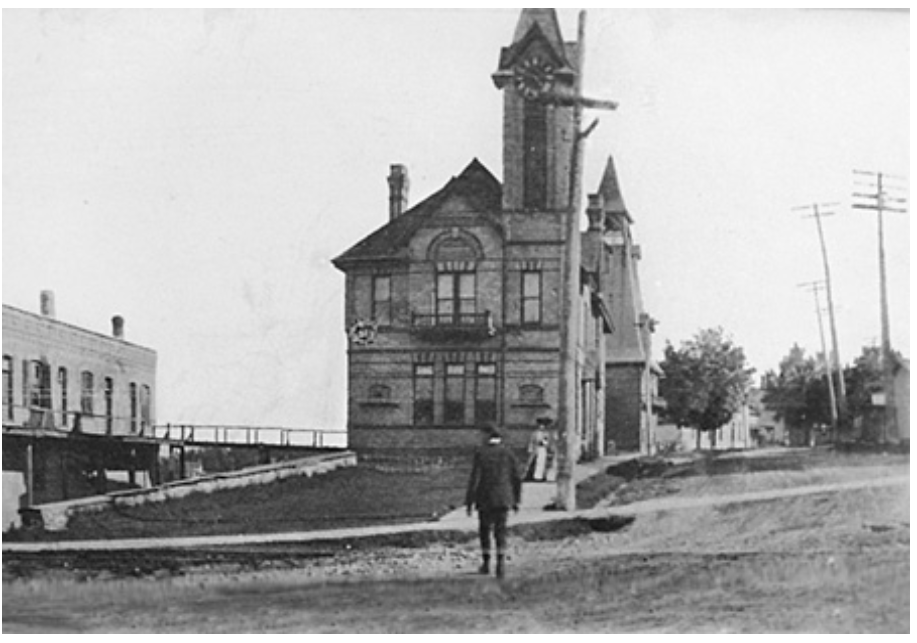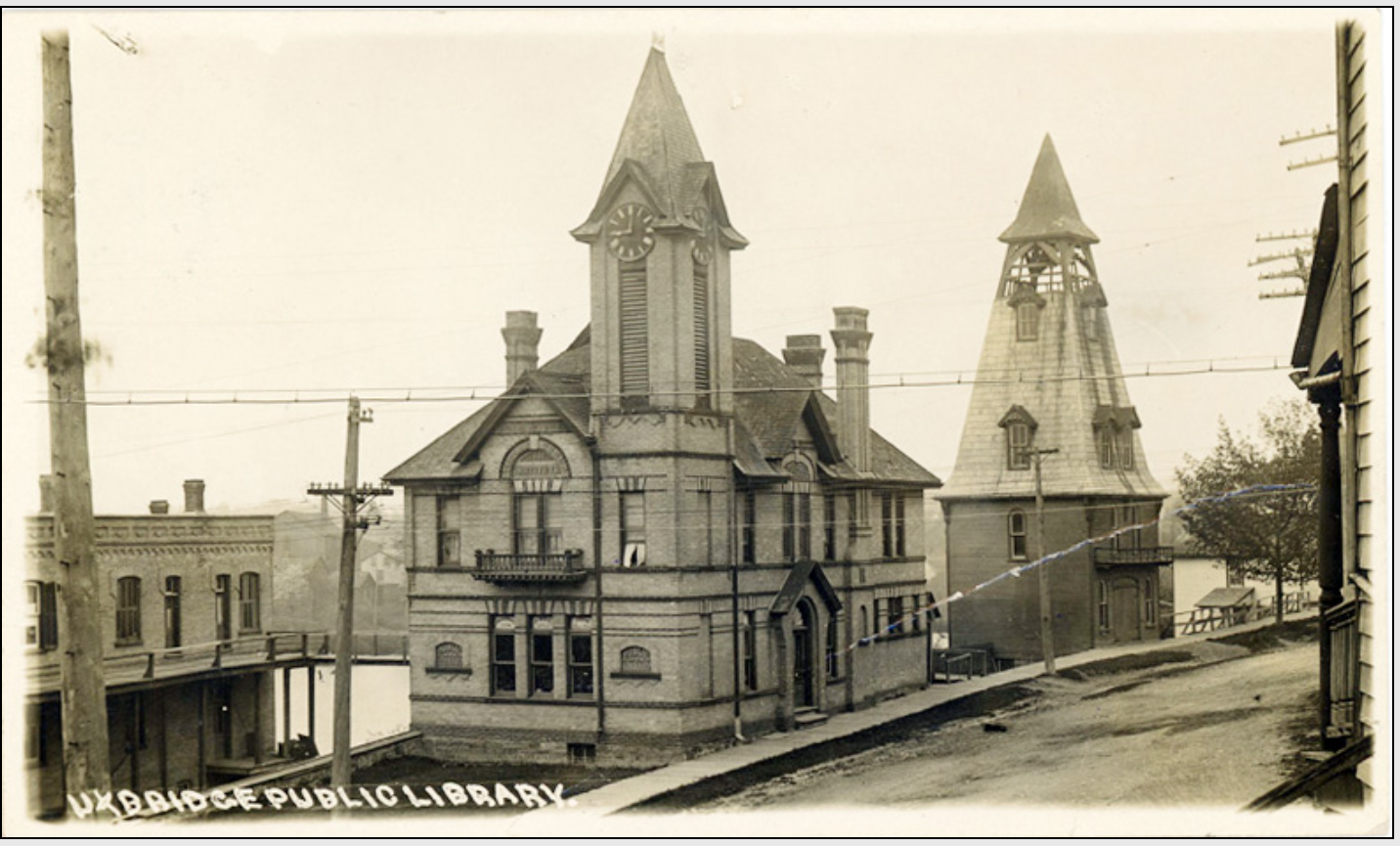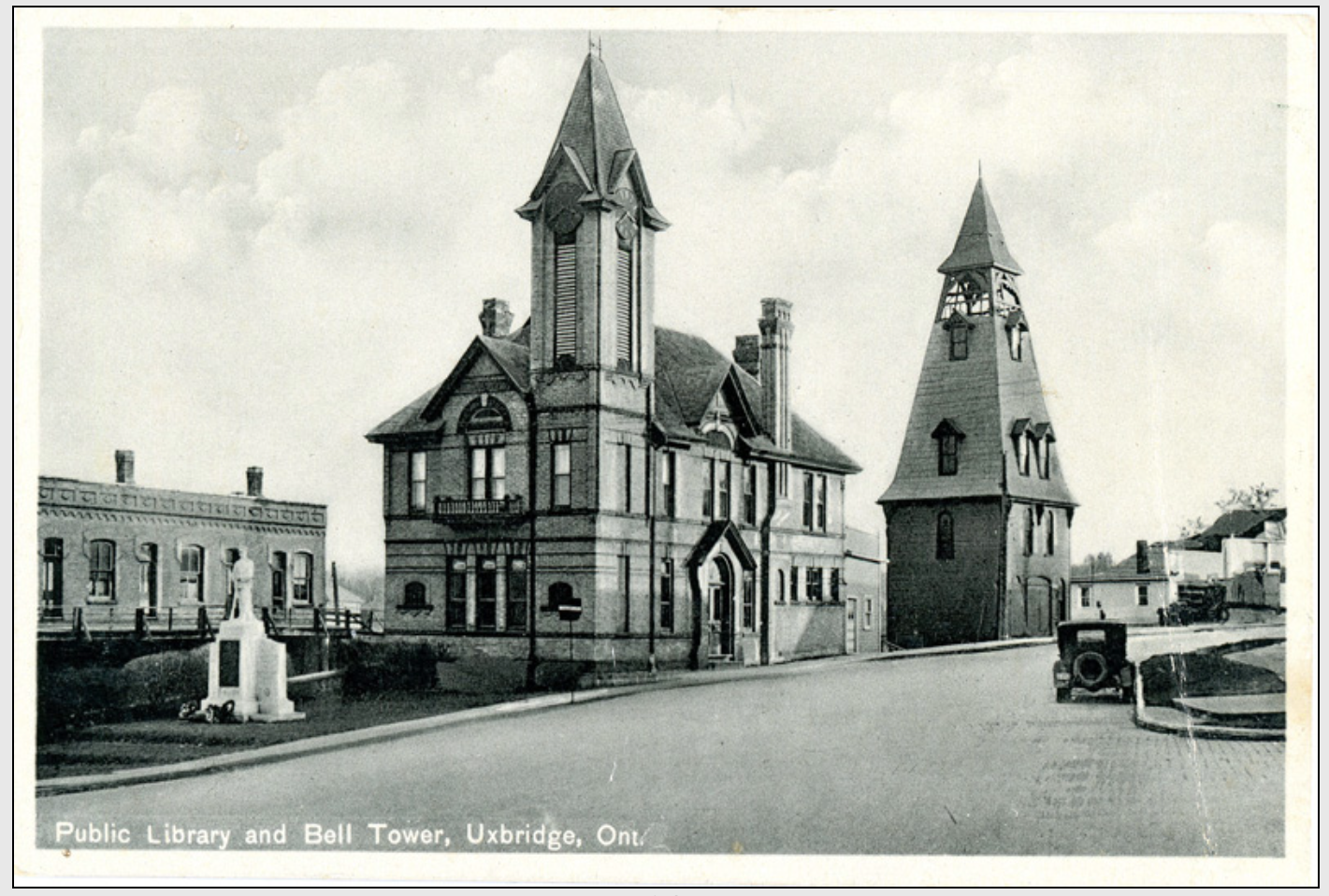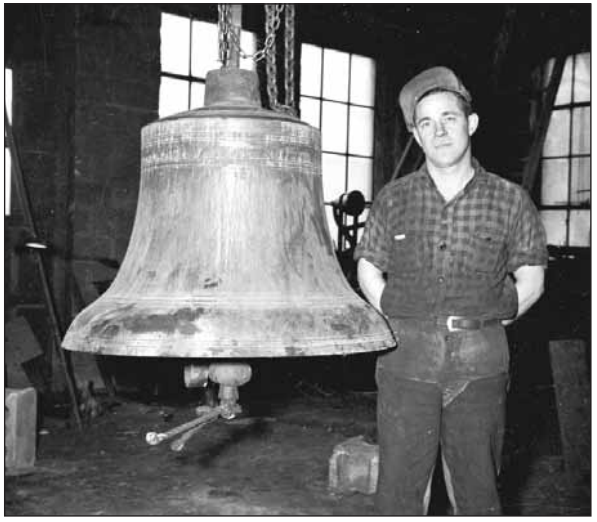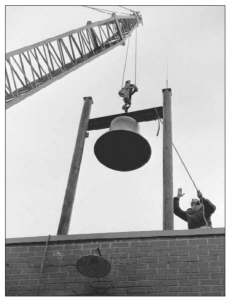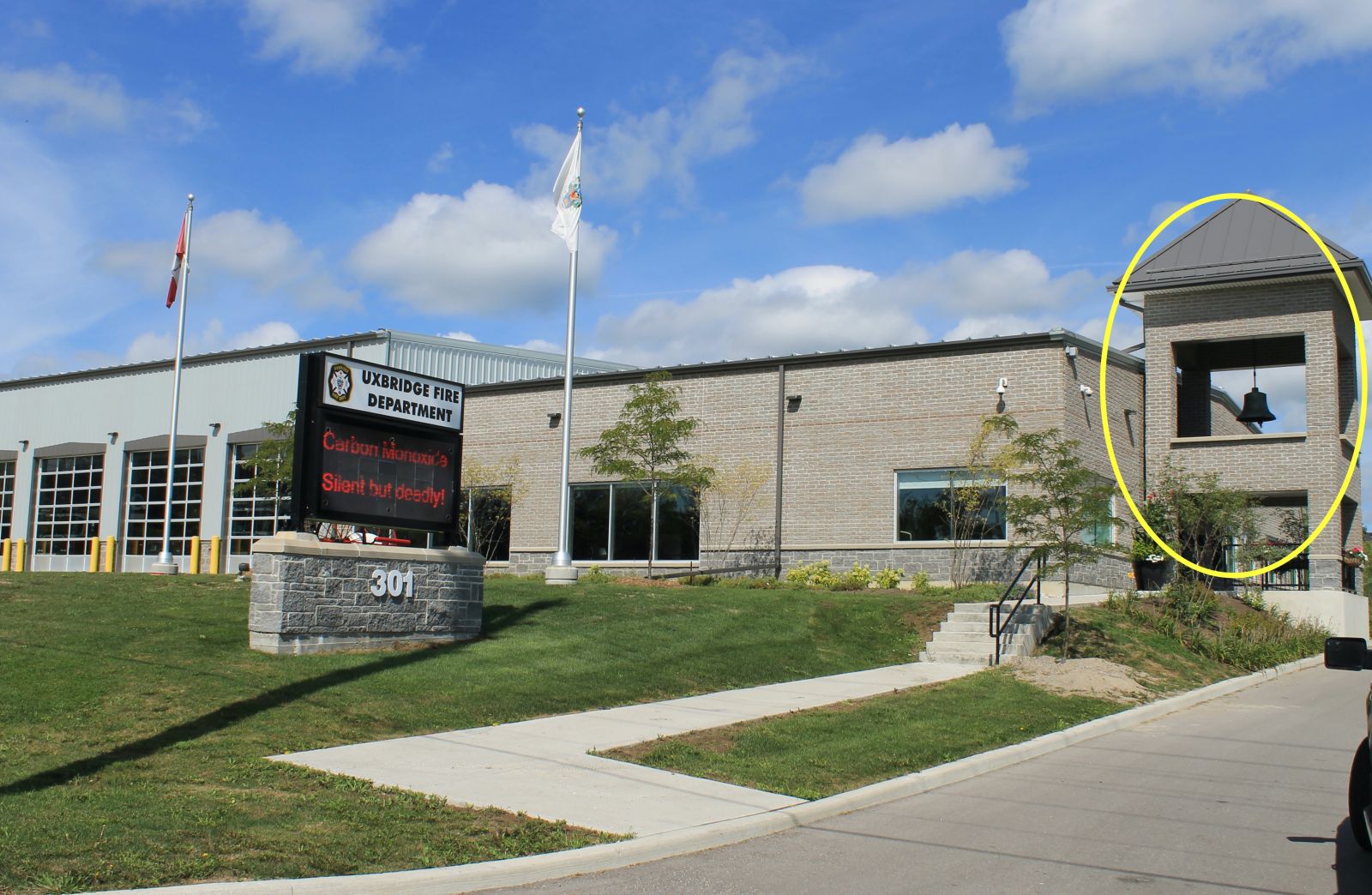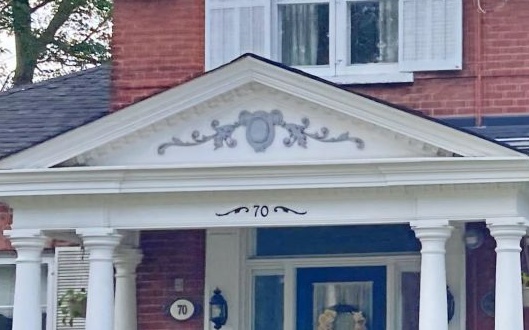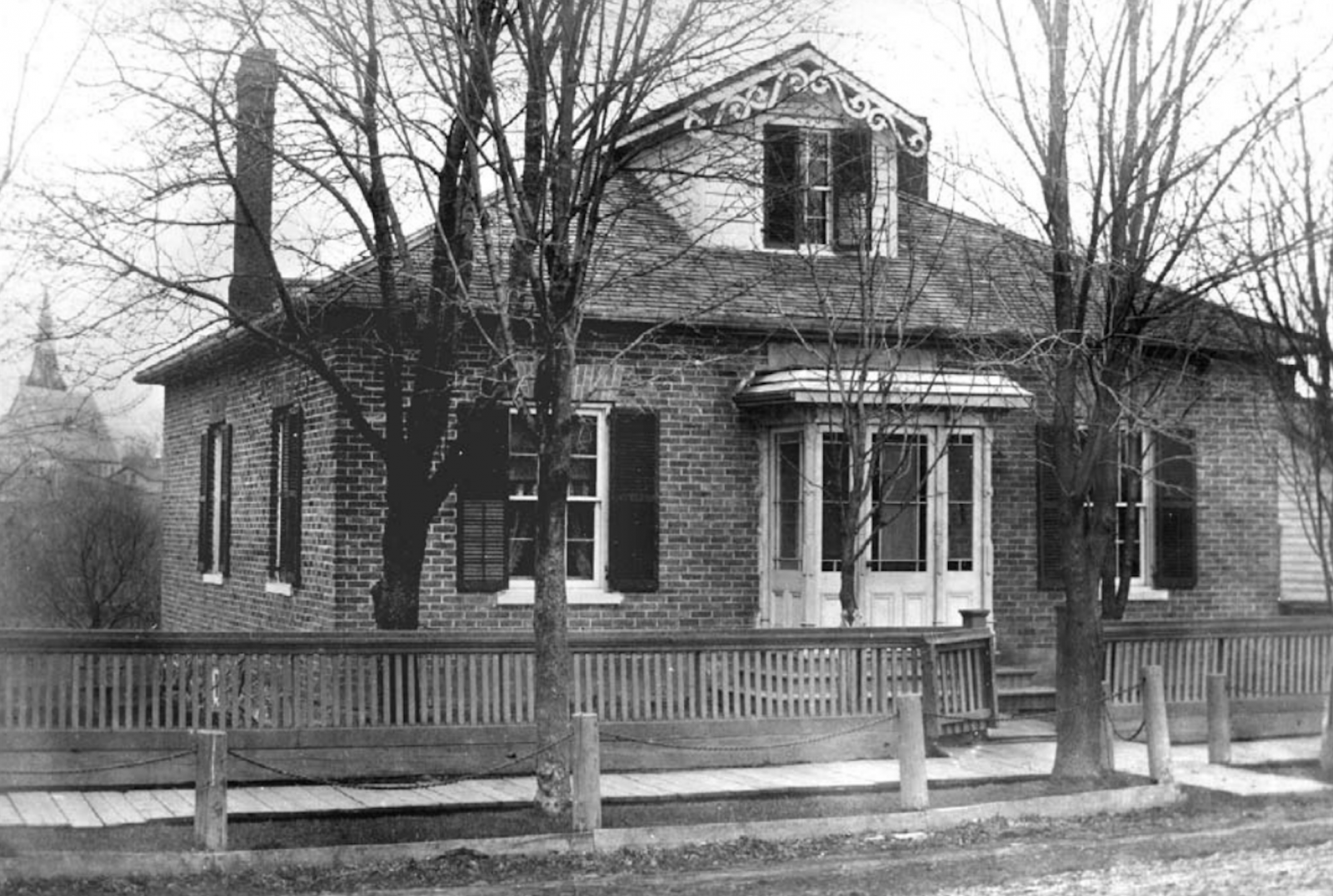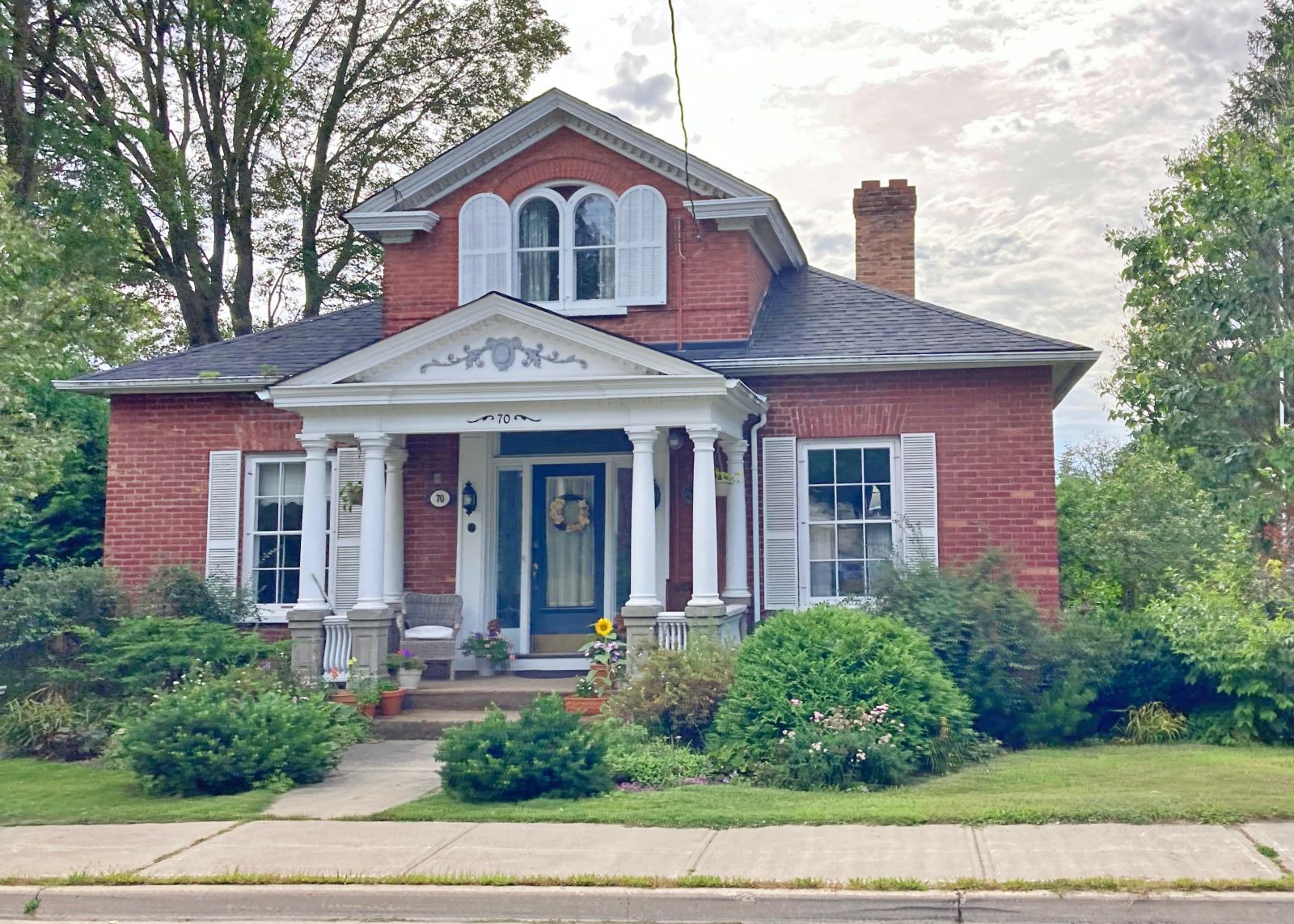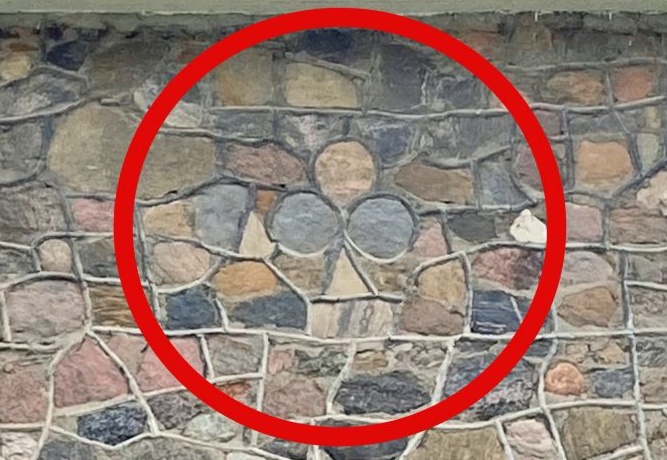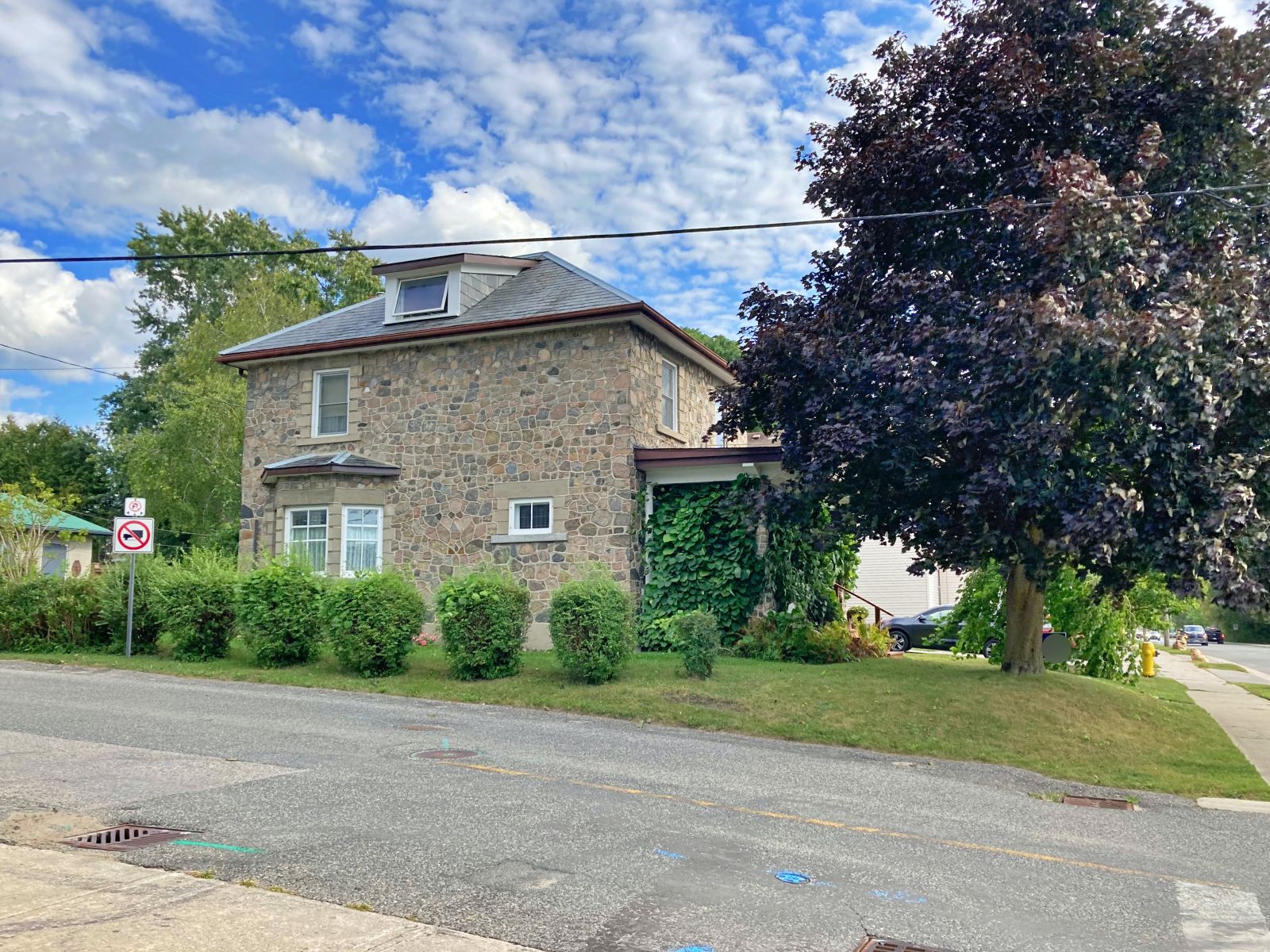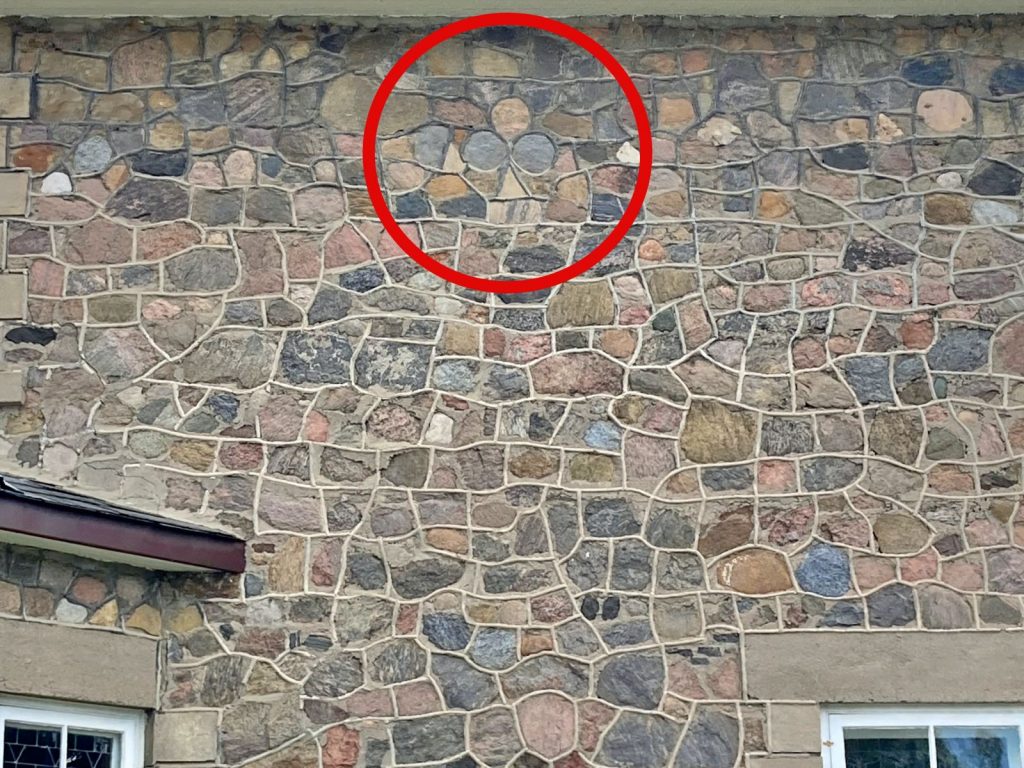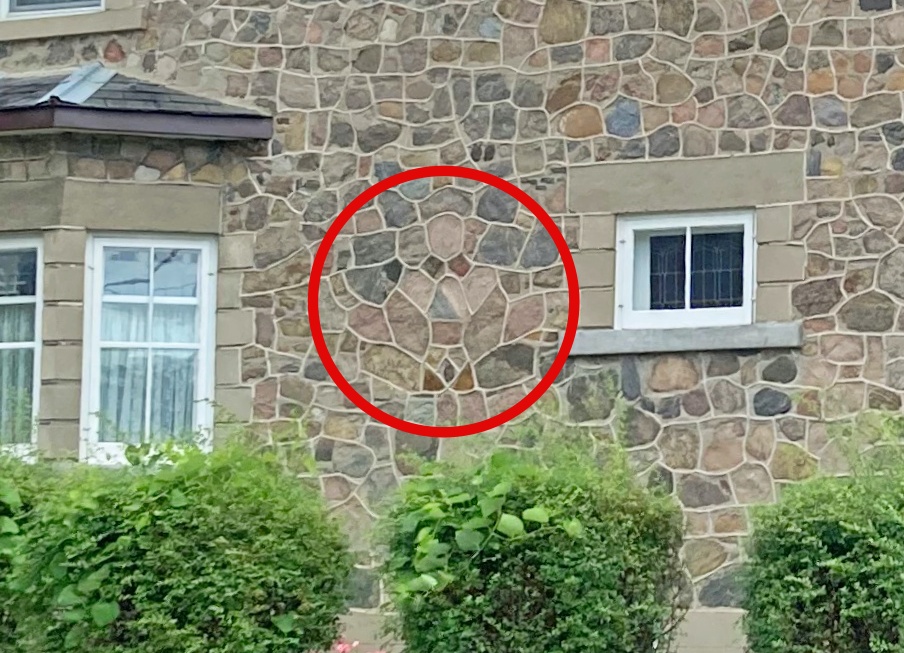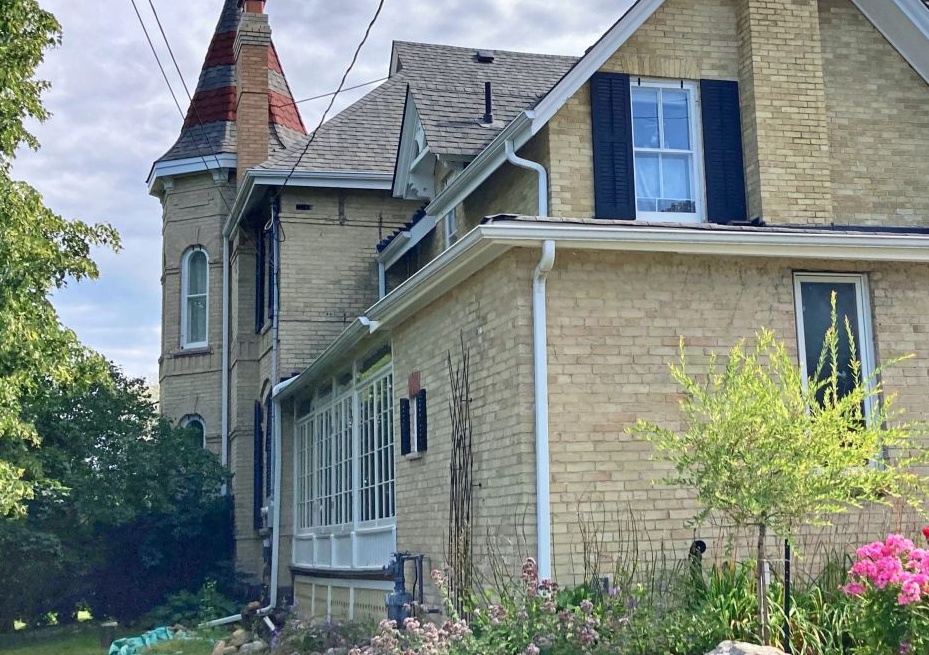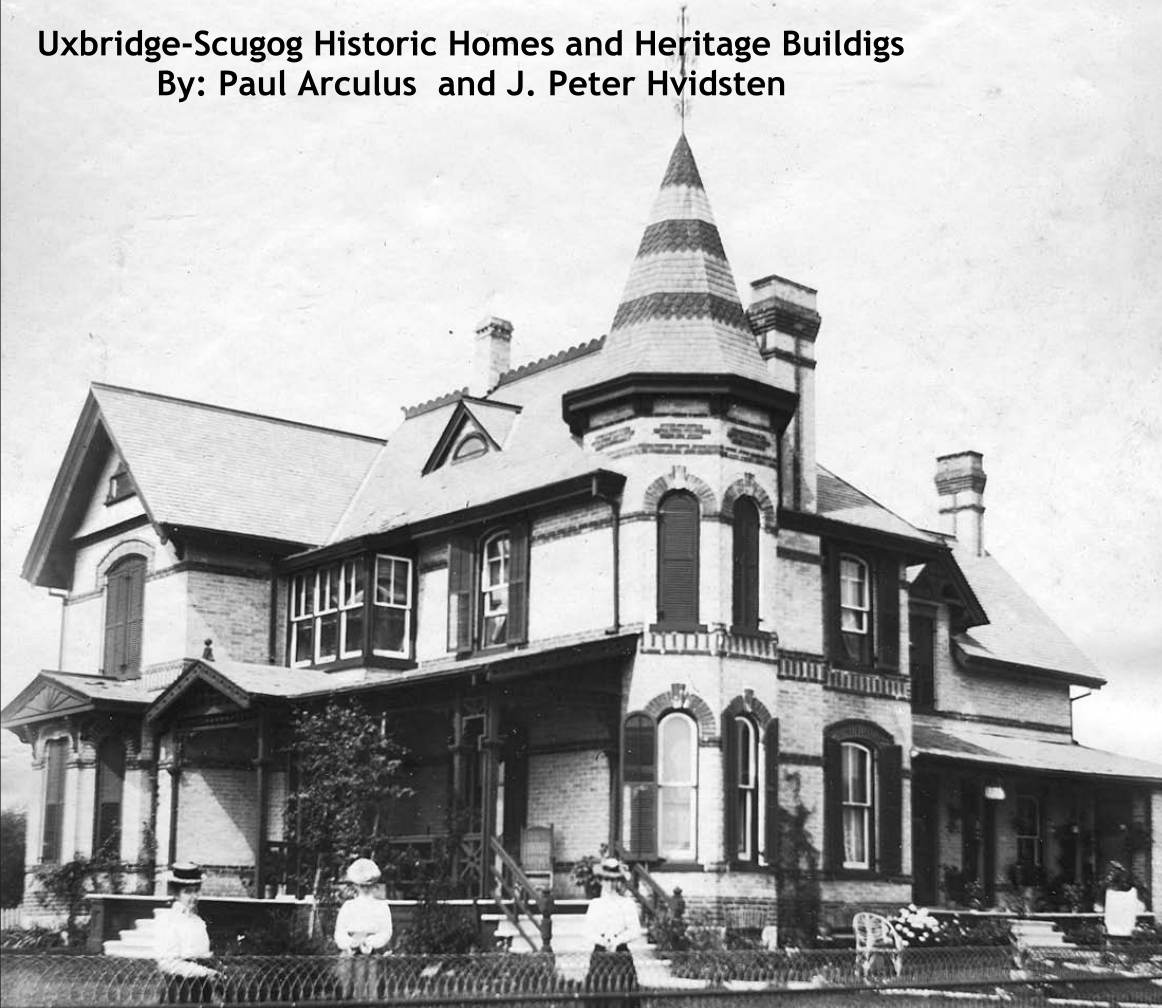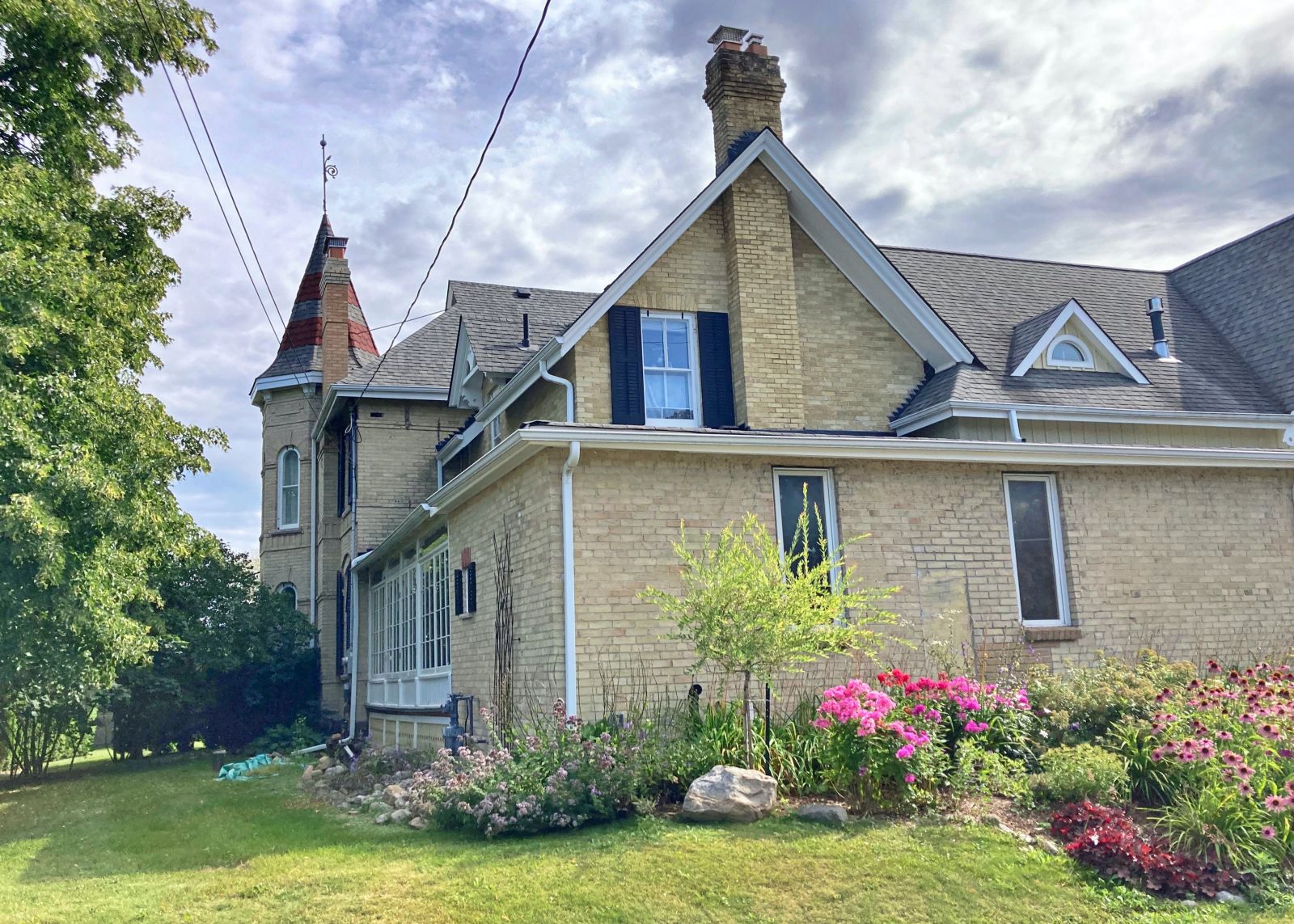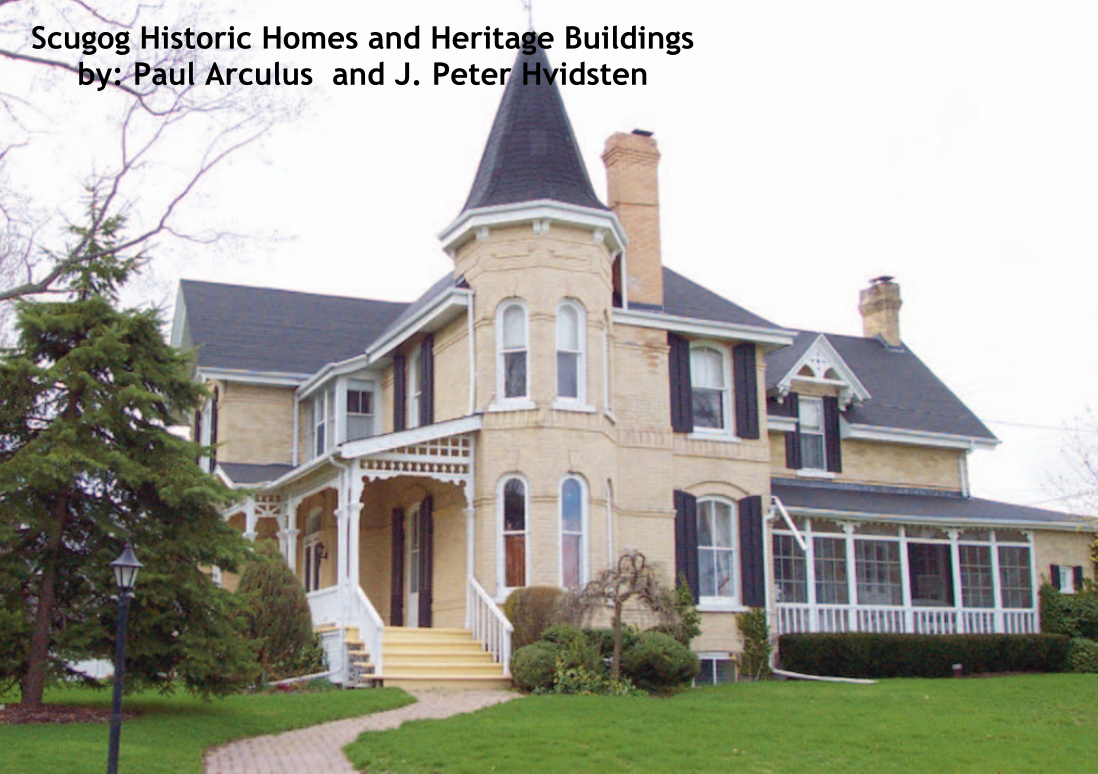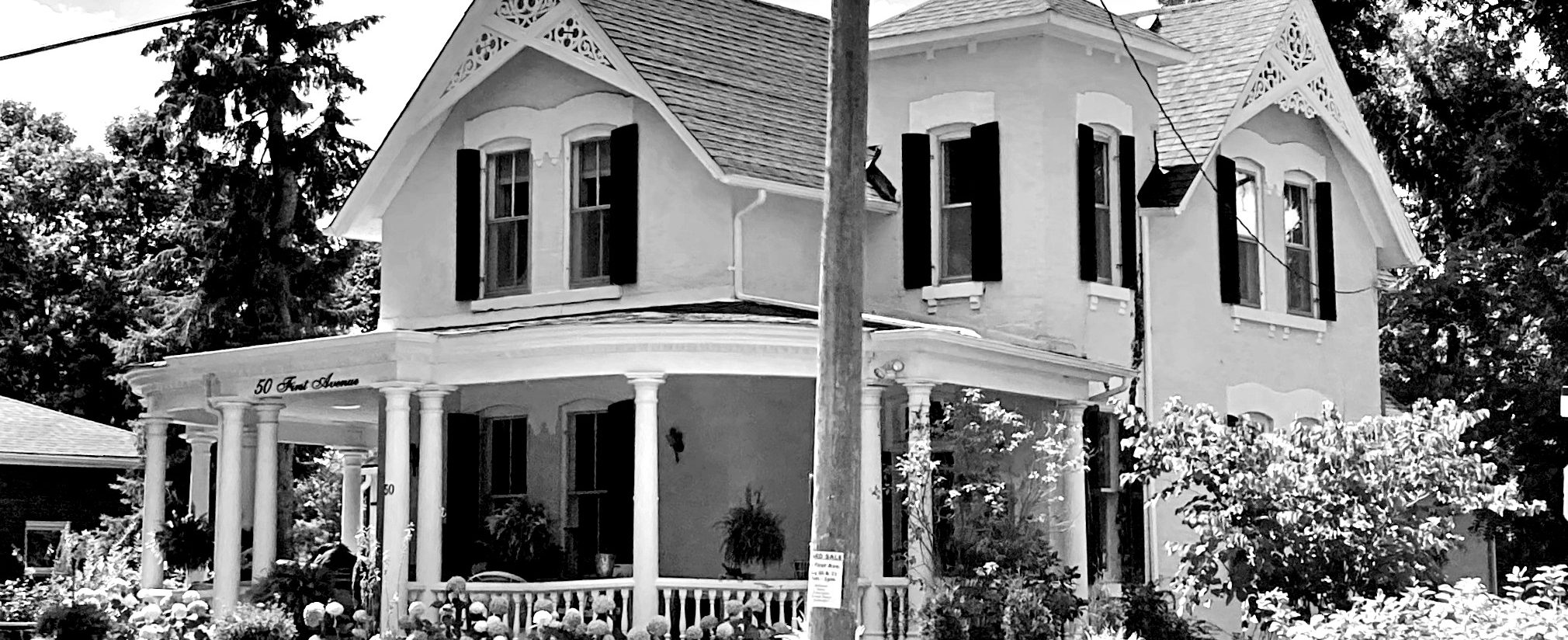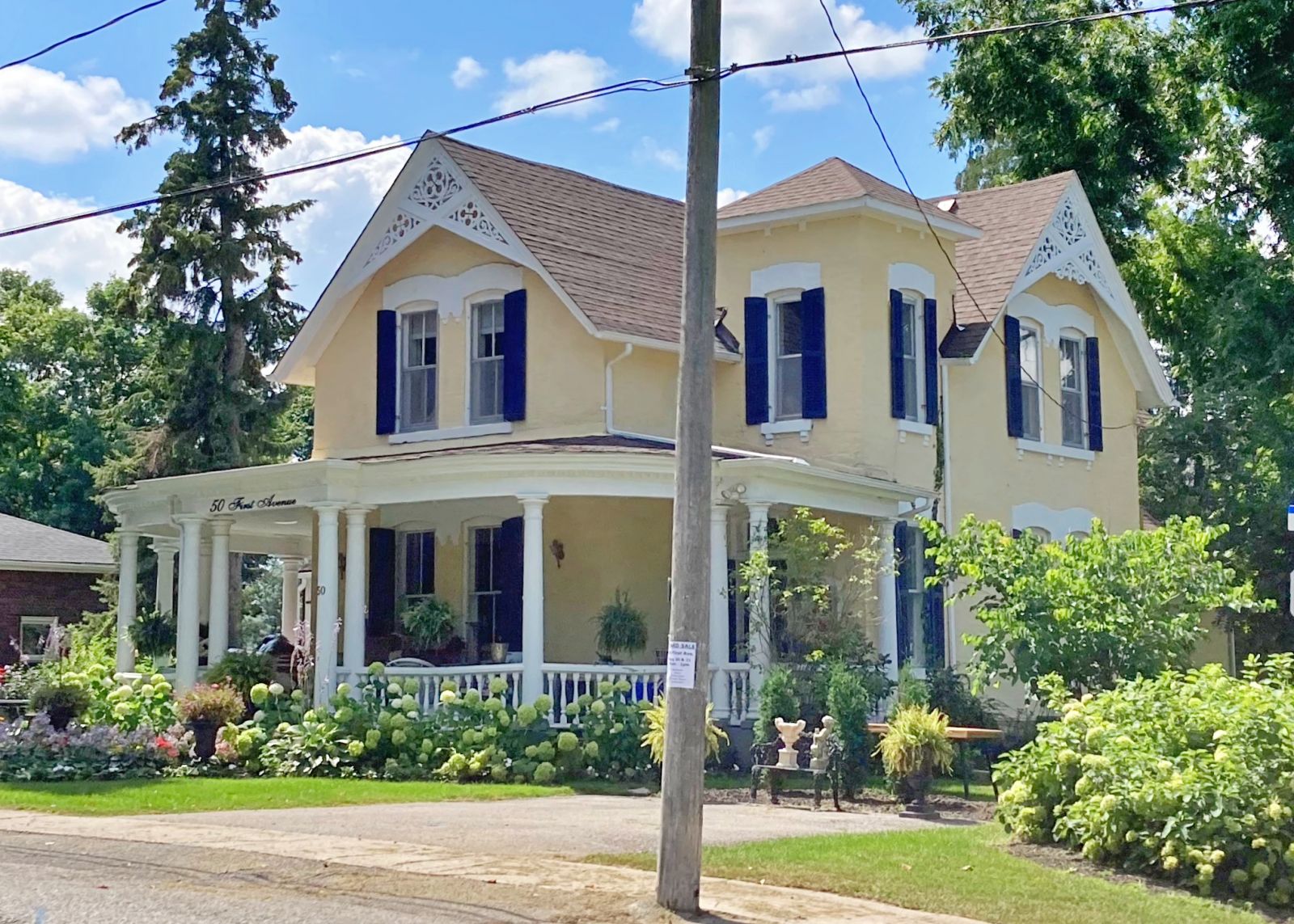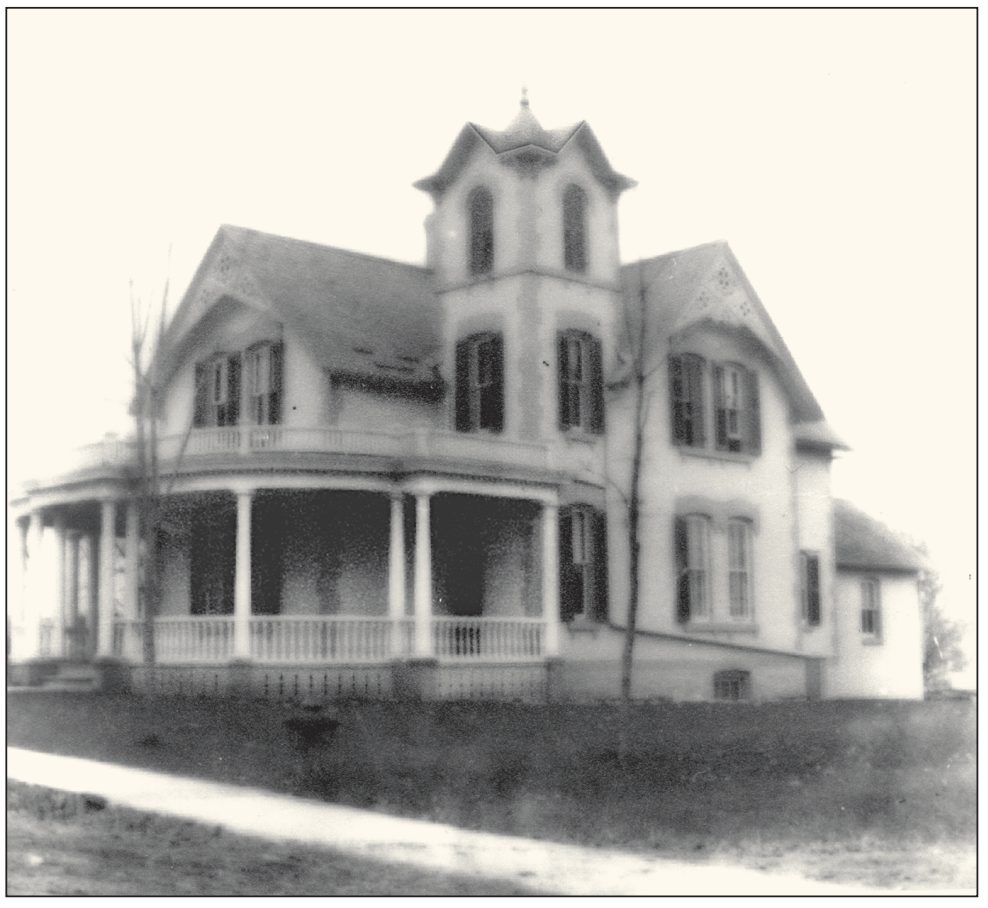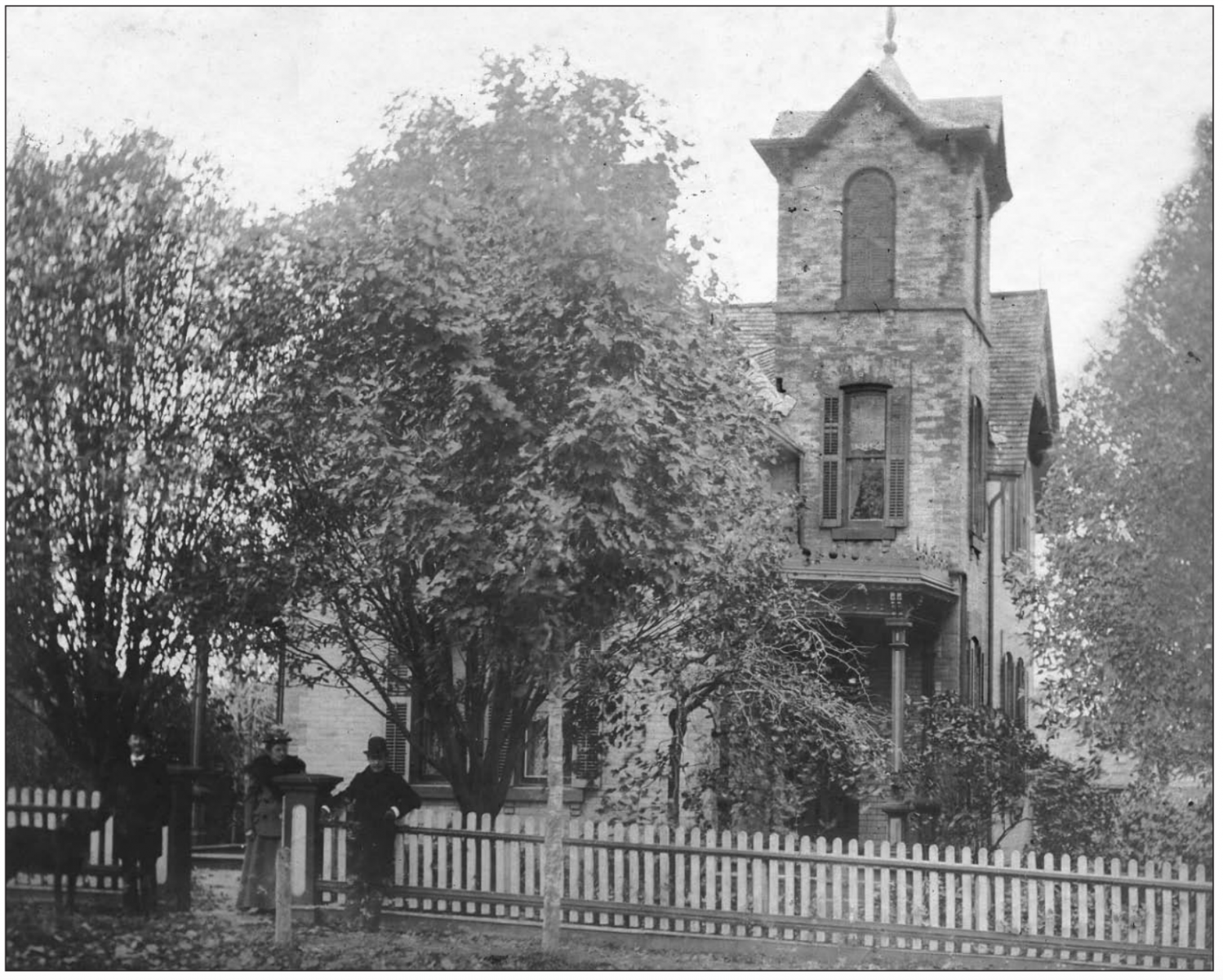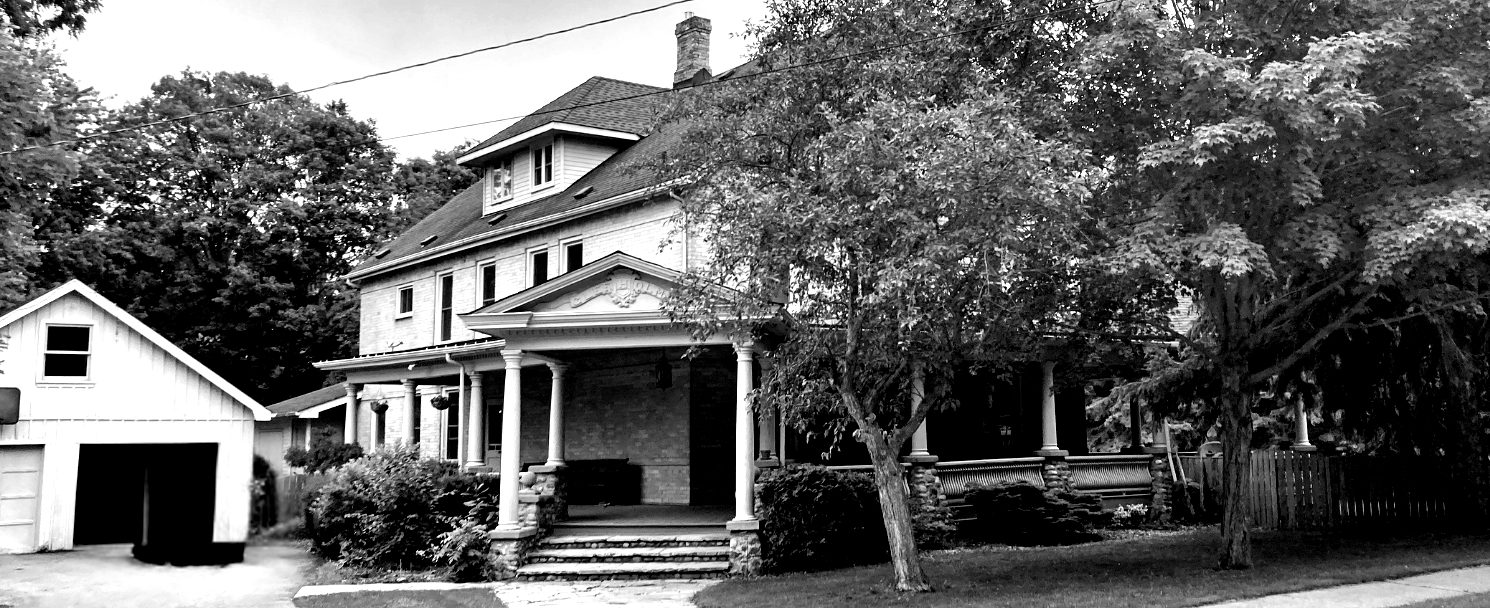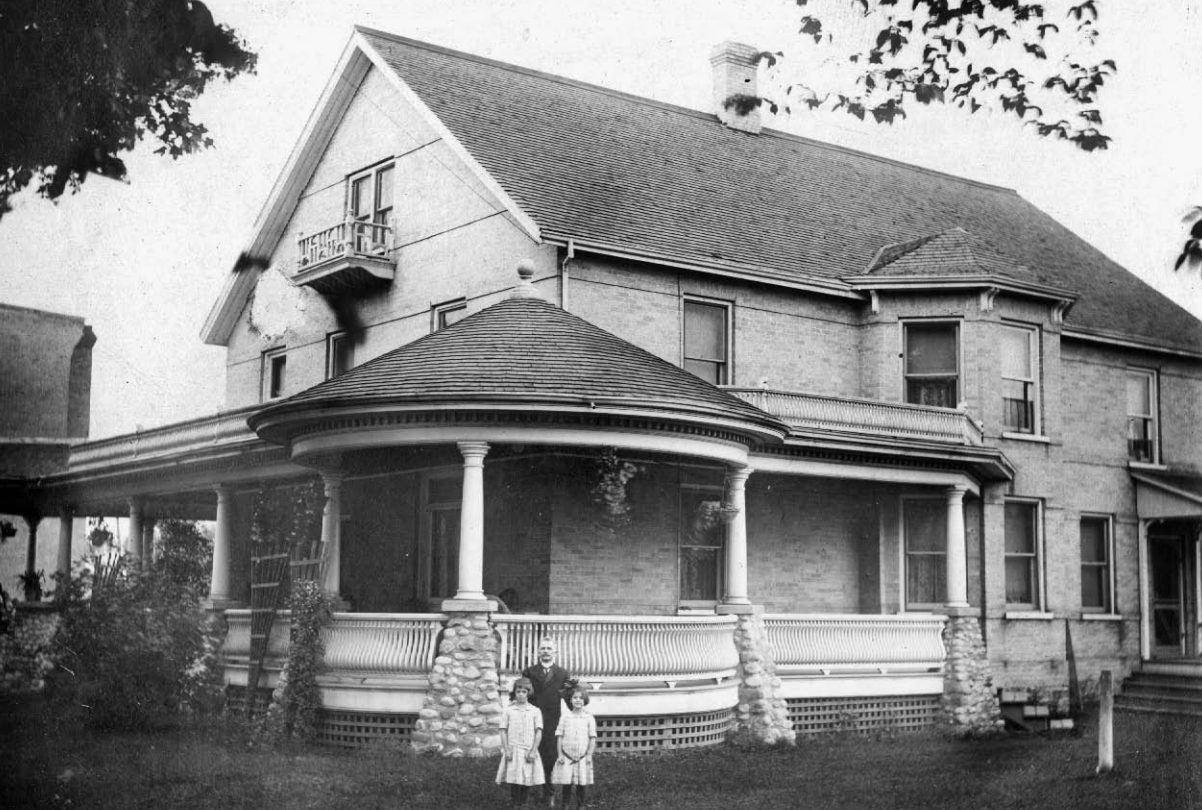A Visionary’s Gift: The Origins of the Uxbridge Public Library
The story of the Uxbridge Public Library begins with Joseph Gould, a prominent local figure whose dedication to education and community development shaped the town. In April 1886, Gould announced his plan to construct a Mechanics’ Institute at the corner of Pond and Toronto Streets. Unfortunately, he passed away on June 29, 1886, before he could oversee its completion.
However, Gould’s vision lived on. In his will, he directed his sons Isaac, Charles, and Joseph E. Gould to ensure the project was completed, covering the costs from his personal estate. True to his wishes, the building was finished, and the family gifted it to the Corporation of the Town of Uxbridge.
.
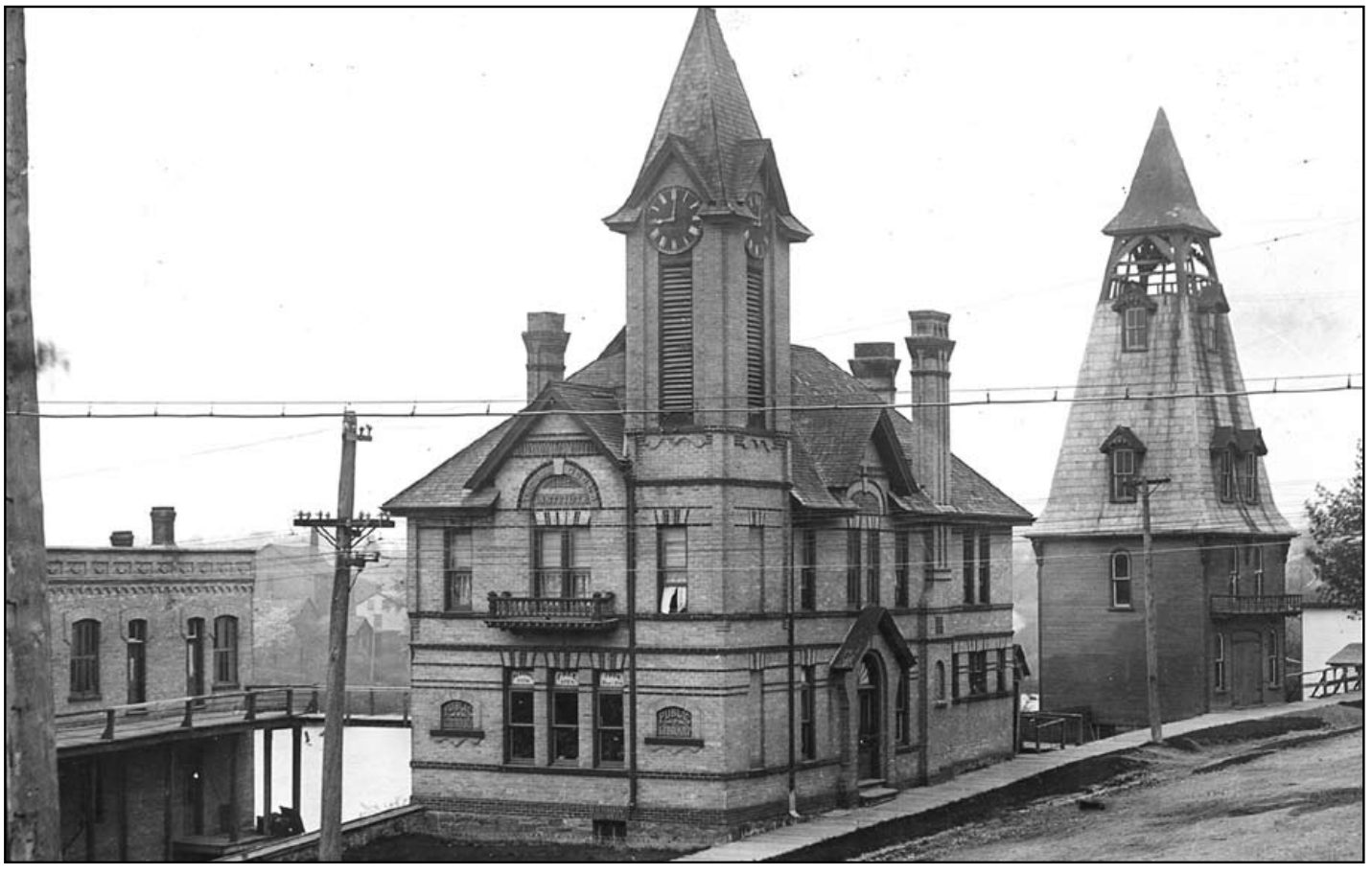
The above photo is a post card from 1937 – Courtesy of Uxbridge The First 100 Years by: J. Peter Hvidsten
.
Building a Landmark
Architect John T. Stokes of Sharon, who had previously designed Joseph Gould’s Toronto Street home and the Mansion House Hotel, was likely responsible for the library’s architectural plans. The construction utilized locally sourced materials, including bricks made from clay extracted from the Gould farm on Mill Street and lumber cut at James Leask’s sawmill in Leaskdale.
The library officially opened on December 9, 1887, with an inaugural speech by Hon. George W. Ross, Minister of Education, who praised it as the first donation of its kind in Ontario and hailed the library’s collection as the best in the province for a town of its size.
A Timeless Architectural Marvel
The High Victorian Gothic design of the Uxbridge Public Library is a stunning example of 19th-century craftsmanship. Its picturesque roofline, impressive clock tower, and intricate brickwork make it a standout landmark. Unique features include:
-
Projecting brick courses and buttresses
-
Decorative red brick patterns and ornate chimneys
-
Dropped brick keystones over windows
A particularly fascinating feature is the library’s clock, purchased from the Seth Thomas Clock Co. in Connecticut for $315. Originally a wooden mechanism, the clock is still housed inside the library and is manually wound using a large crank—a rare and historic sight for visitors today.
.
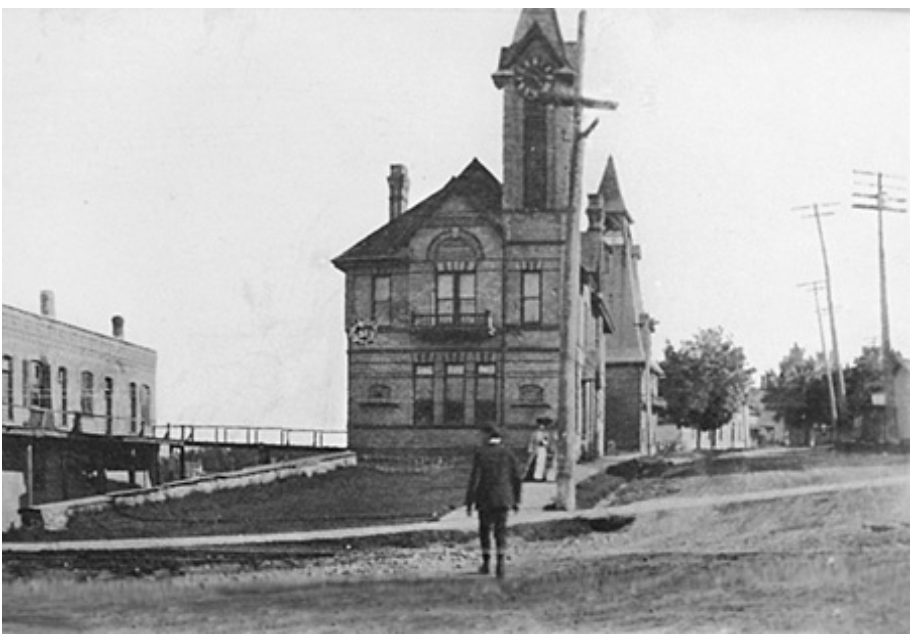
The above photo shows the Bell Tower located behind the Joseph Goulds Mechanic Institute in the late 1800s.
.
Renovations and Modern Additions
The library has been carefully preserved and modernized over the years while maintaining its historic integrity.
1981: Historic Designation & Restoration
In 1981, the Uxbridge Public Library was declared a historic building, recognizing its architectural and cultural significance. Exterior renovations took place in 1985, led by Colonial Restoration of Newmarket. This restoration included:
-
Brick cleaning
-
New wooden shingles for the roof
-
Restoration of the original paint color
1986-1987: Expanding for the Future
To meet the growing needs of the community, a large addition was designed by Moffat Kinoshita of Toronto, seamlessly blending the new space with the existing historical structure. The addition, completed in 1987, doubled the library’s size and provided a modern, comfortable space for patrons.
2014 & 2024: Interior Updates for a New Generation
The library underwent significant interior renovations in 2014 and 2024, ensuring that visitors can enjoy both the rich history of the building and the benefits of a modernized library experience.
A Living Legacy
Today, the Uxbridge Public Library continues to be a beloved community hub, preserving its historical roots while evolving to meet the needs of modern readers and learners. Whether you’re exploring the restored Gould Family Bible, admiring the intricate wooden clock works, or simply curling up with a book in this architectural masterpiece, the library remains a symbol of Uxbridge’s enduring commitment to knowledge and culture.
.
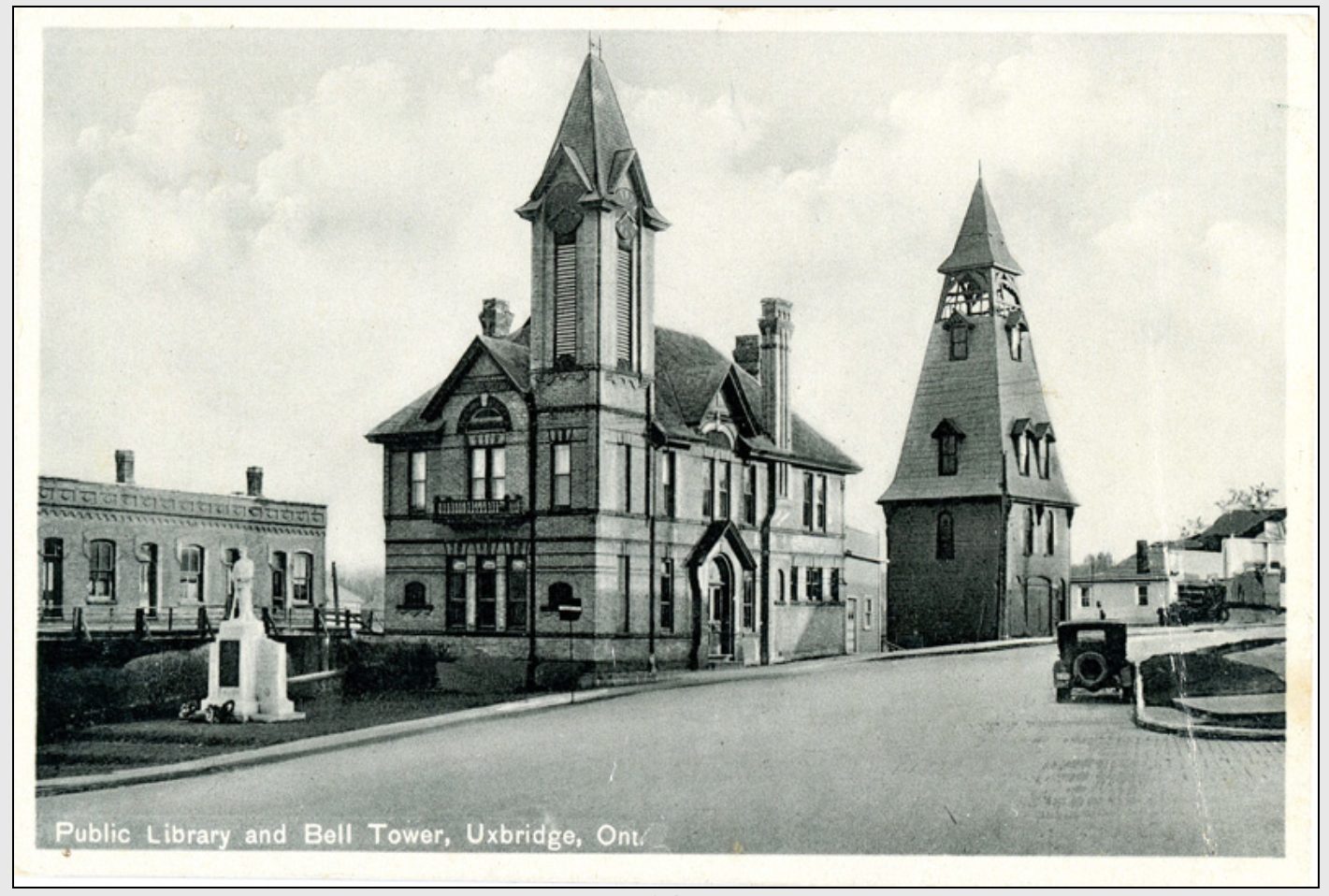
A post card from 1937 courtesy of www.scugogheritage.com
.
📖 Visit the Uxbridge Public Library today and be part of its living history!
Learn more about Uxbridge’s history by visiting our blog page UXBRIDGE HISTORY
.
Photos Courtesy of
Uxbridge Historical Centre (Museum and Archives)
Uxbridge The Good Old Days by: J. Peter Hvidsten
Uxbridge The First 100 Years by: J. Peter Hvidsten


 Facebook
Facebook
 X
X
 Pinterest
Pinterest
 Copy Link
Copy Link
